This site introduces technical information (Wiki & Know-how) on embedded software. However, these Wikis & Know-How are provided based on the author’s experience and do not necessarily correspond to the respective standards or MCU manuals. Please use them as reference materials.
Wiki
MCU
MCU Architecture
This post describes the architecture of the MCU (abbreviation for Micro Controller Unit).
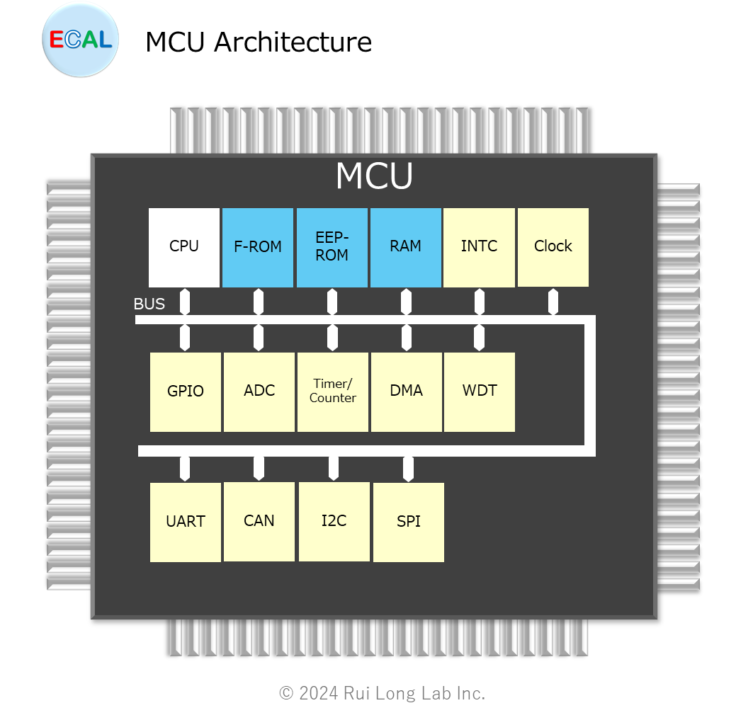
CPU
This post describes the CPU.

Pre-Fetch
This post describes the Pre-Fetch.
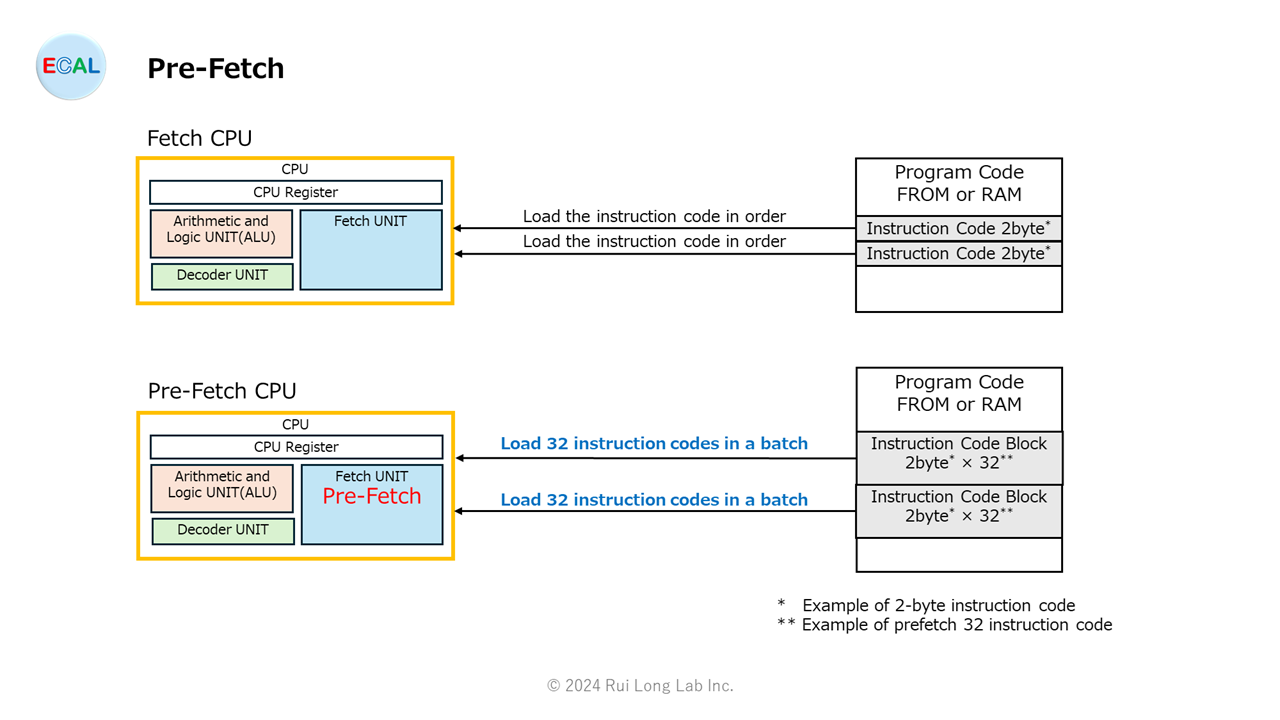
BUS and Memory-map
This post describes the BUS and Memory-map.
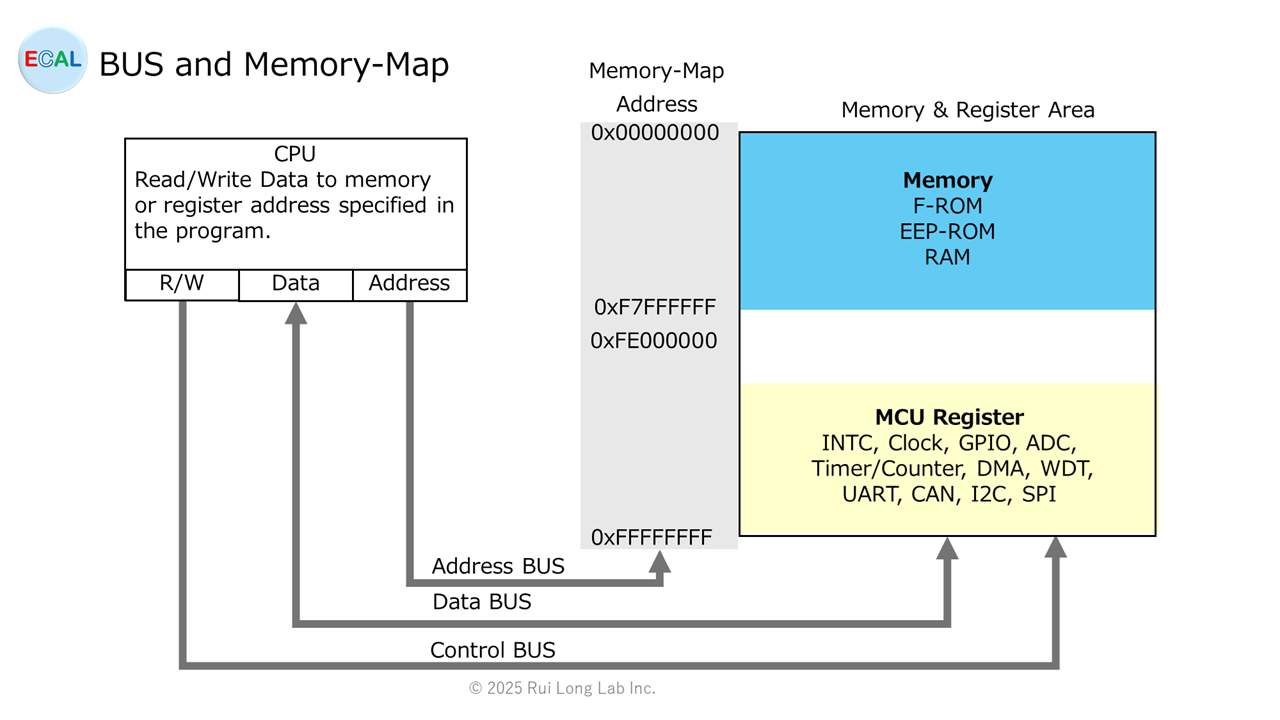
Cache
This post describes the Cache.
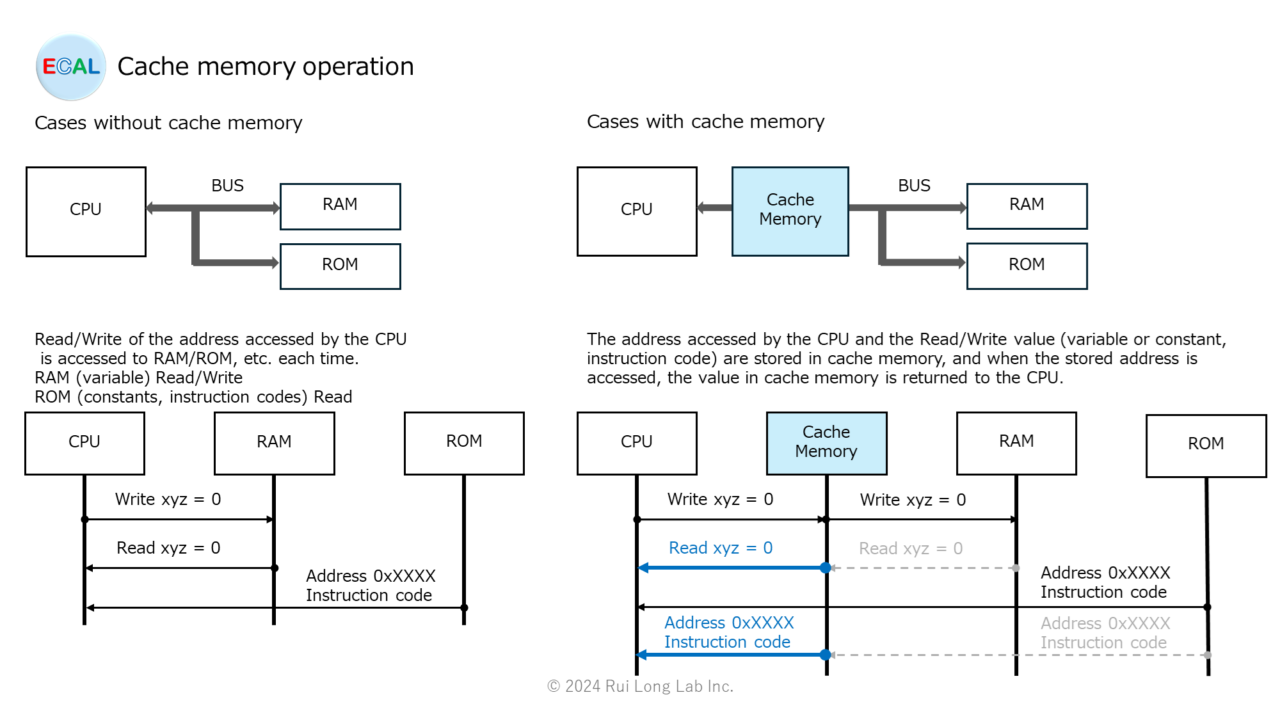
SMP and AMP
This posting describes SMP (Symmetric Multi-Processing) and AMP (Asymmetric Multi-Processing).
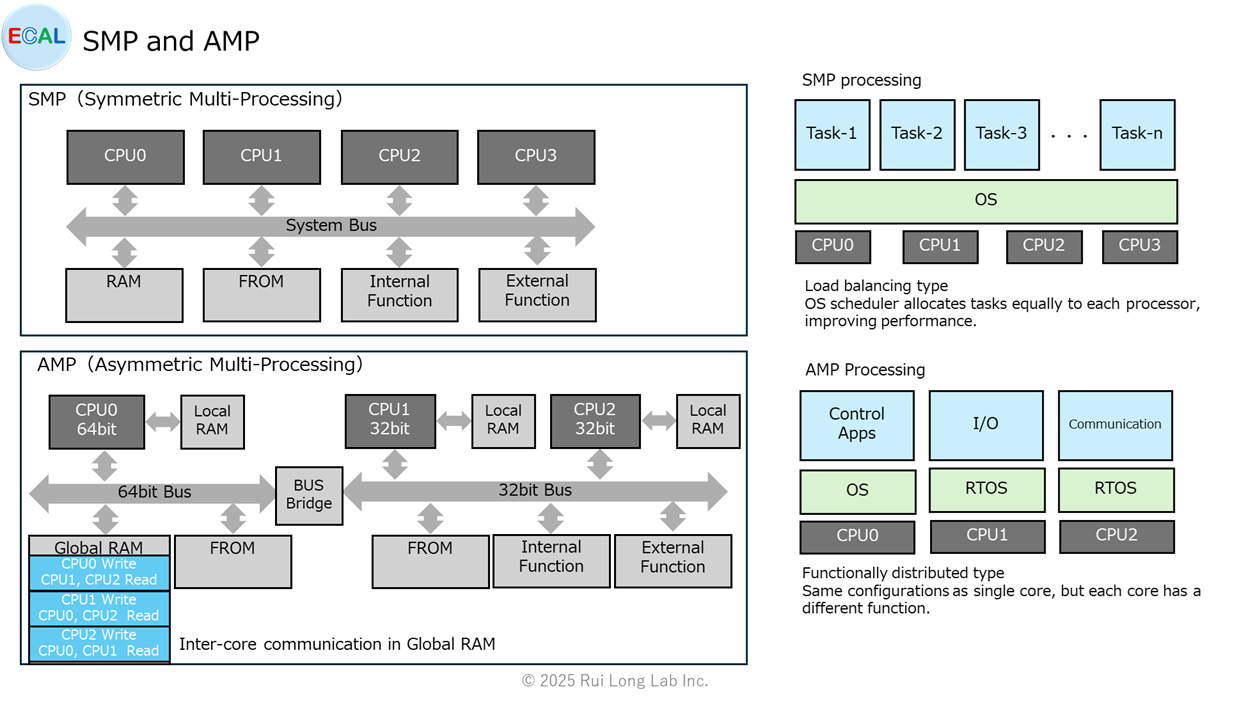
Timer
This post describes the timers of MCU.
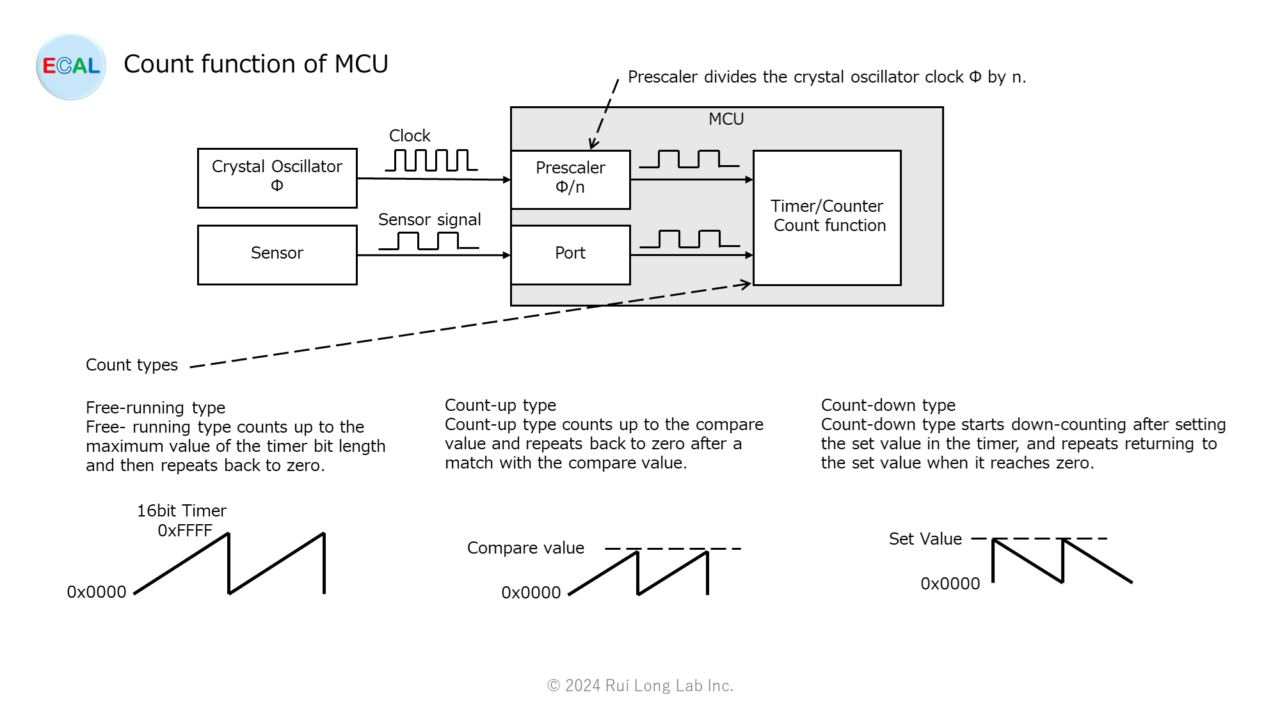
Operation of interrupt functions
This post describes the operation of interrupt functions.
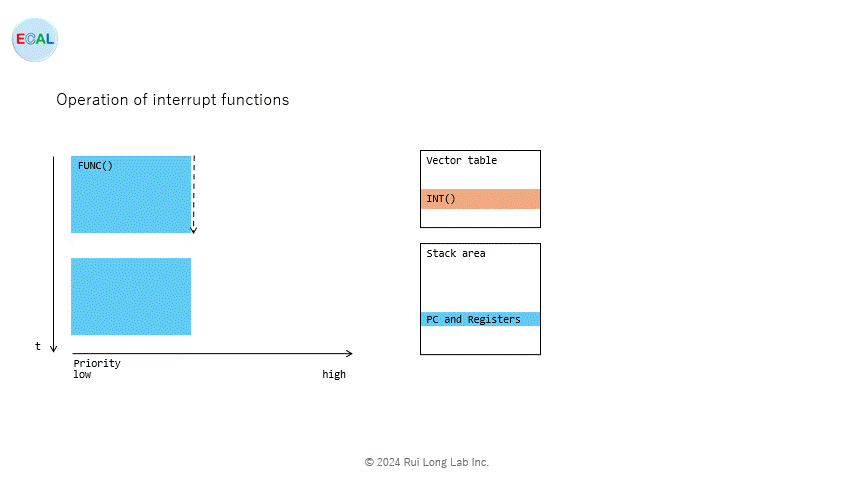
Successive Comparative ADC
This post describes successive comparison type ADCs.
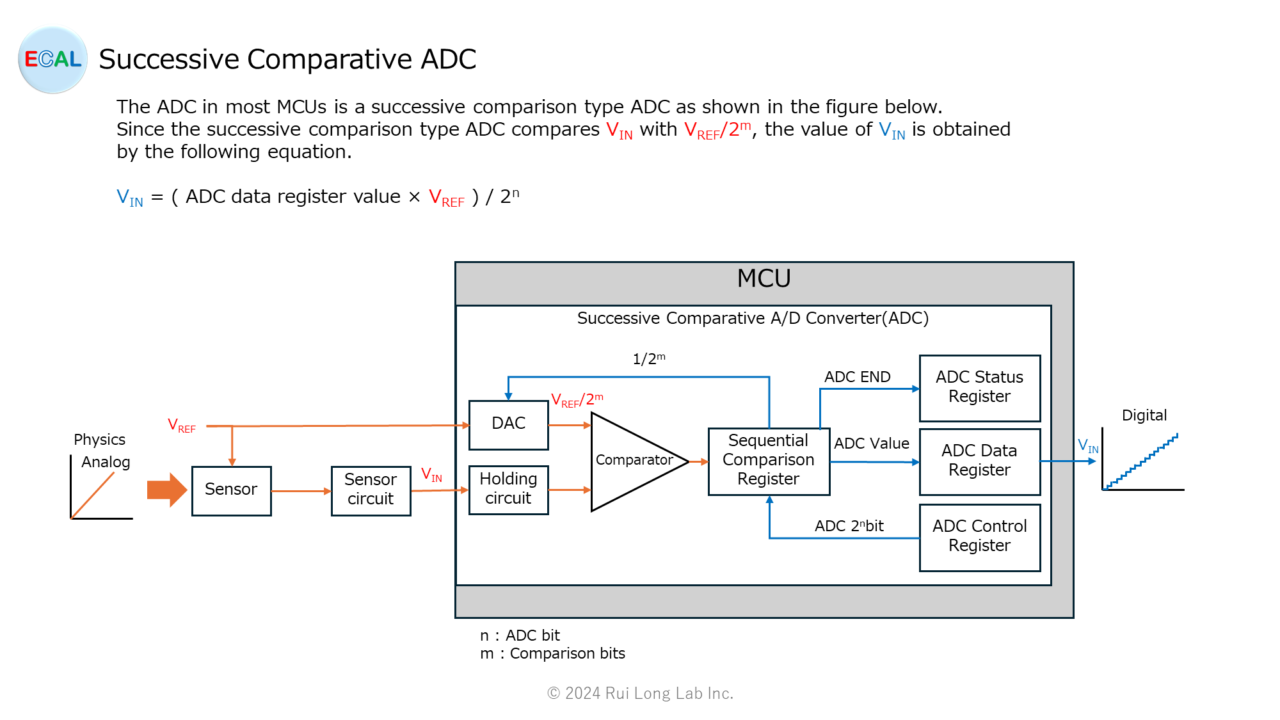
DMA
This post describes DMA (Direct Memory Access).
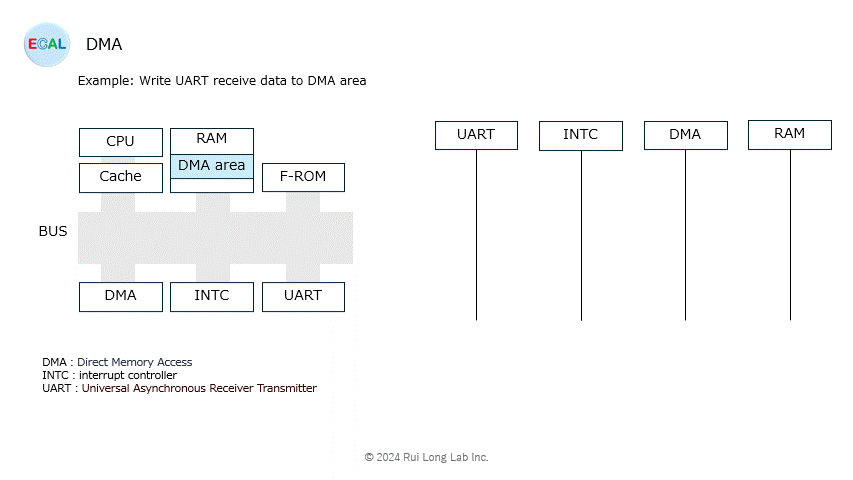
Endianness
This post describes Endianness.
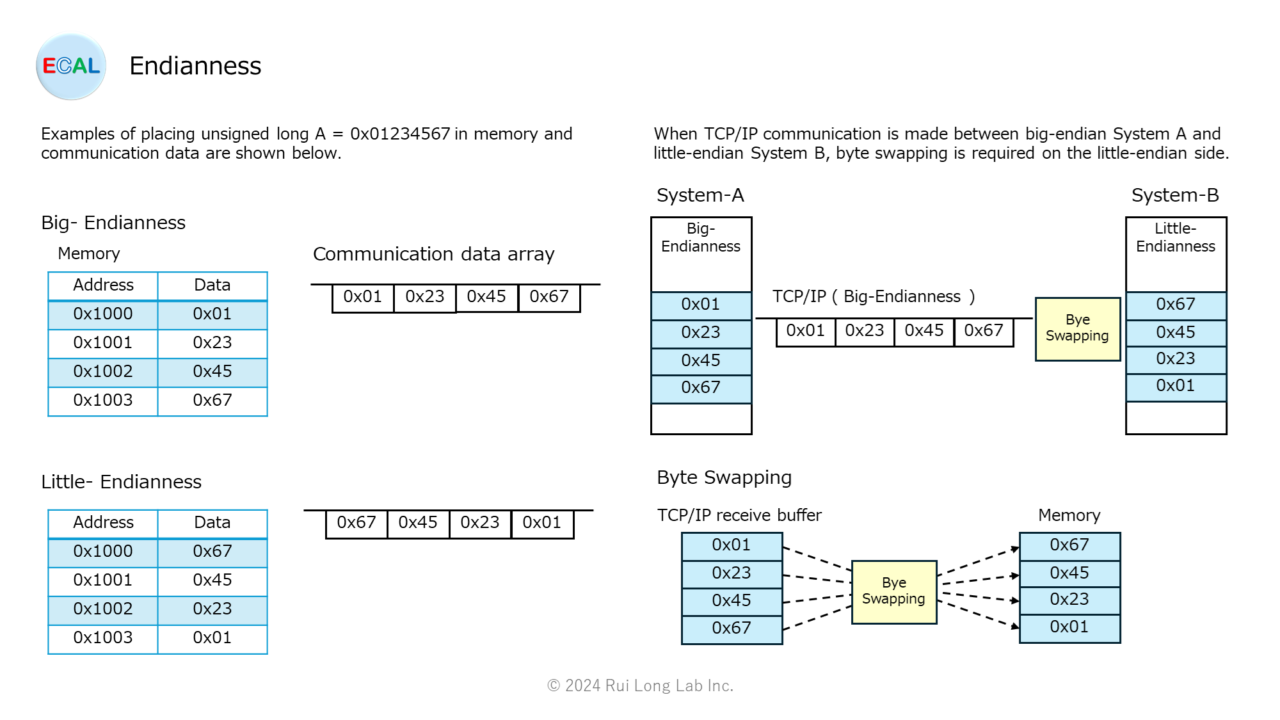
Relay
This post describes “Operating time”, “Bounce time”, “Return time”, “Chattering” and “Surge” of relays.
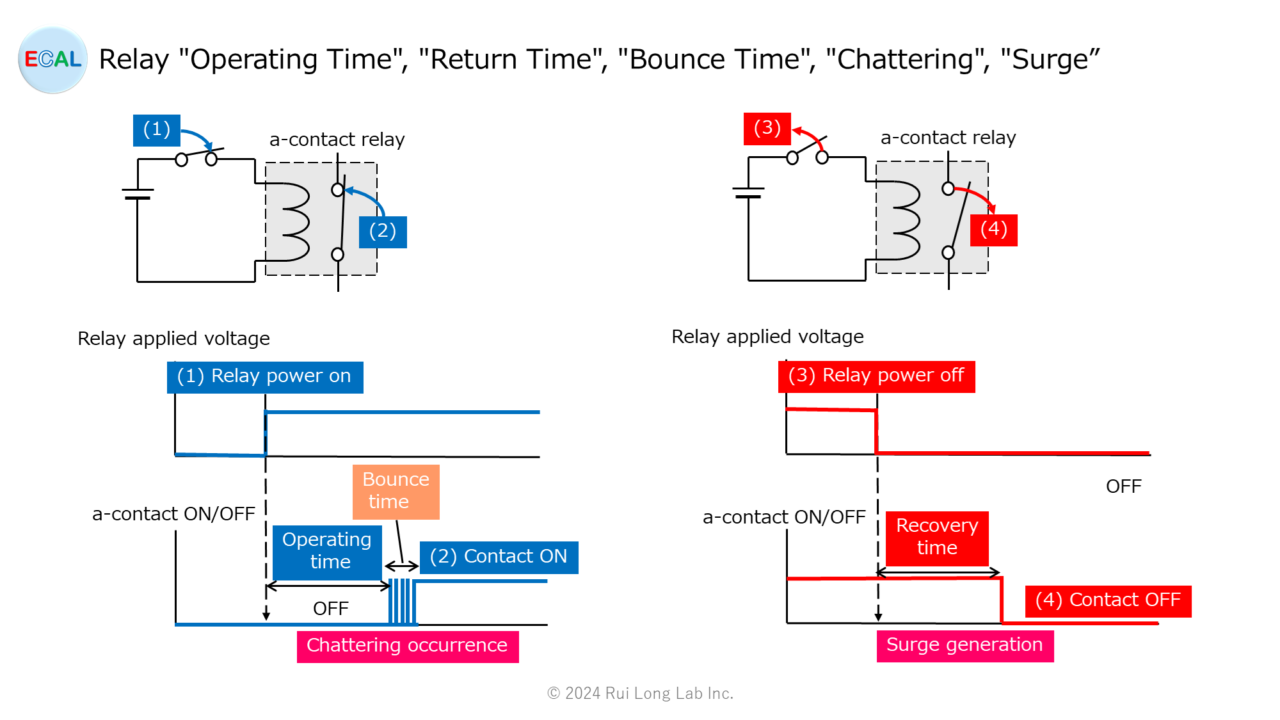
Know-how
Initialization procedure of Function Port
This posting describes the procedure for initializing the functional ports. EXP: SPI
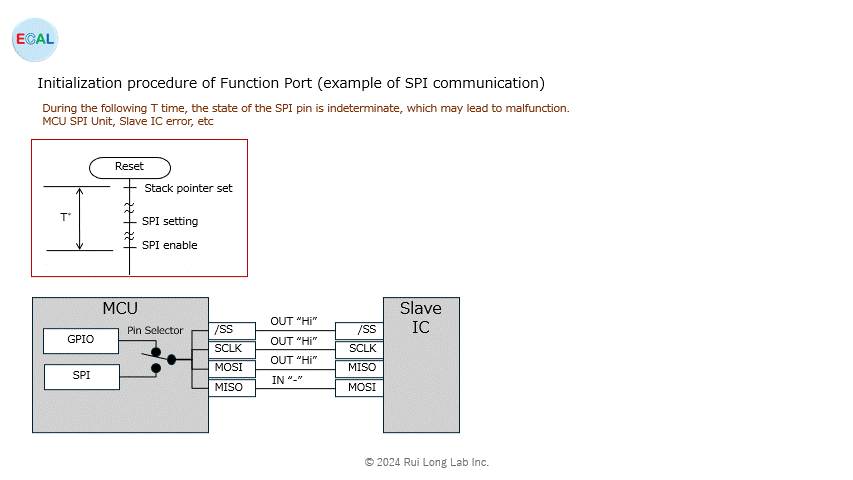
Information transmission interface
This post describes the InterProcess(function, software component) Interface Variables, the CPU CORE-to-CORE Interface Variables, and the Computer-to-Computer interface as information transfer interfaces. The Application Program Interface (API) is a function (process) and its results, which I will explain in another post.
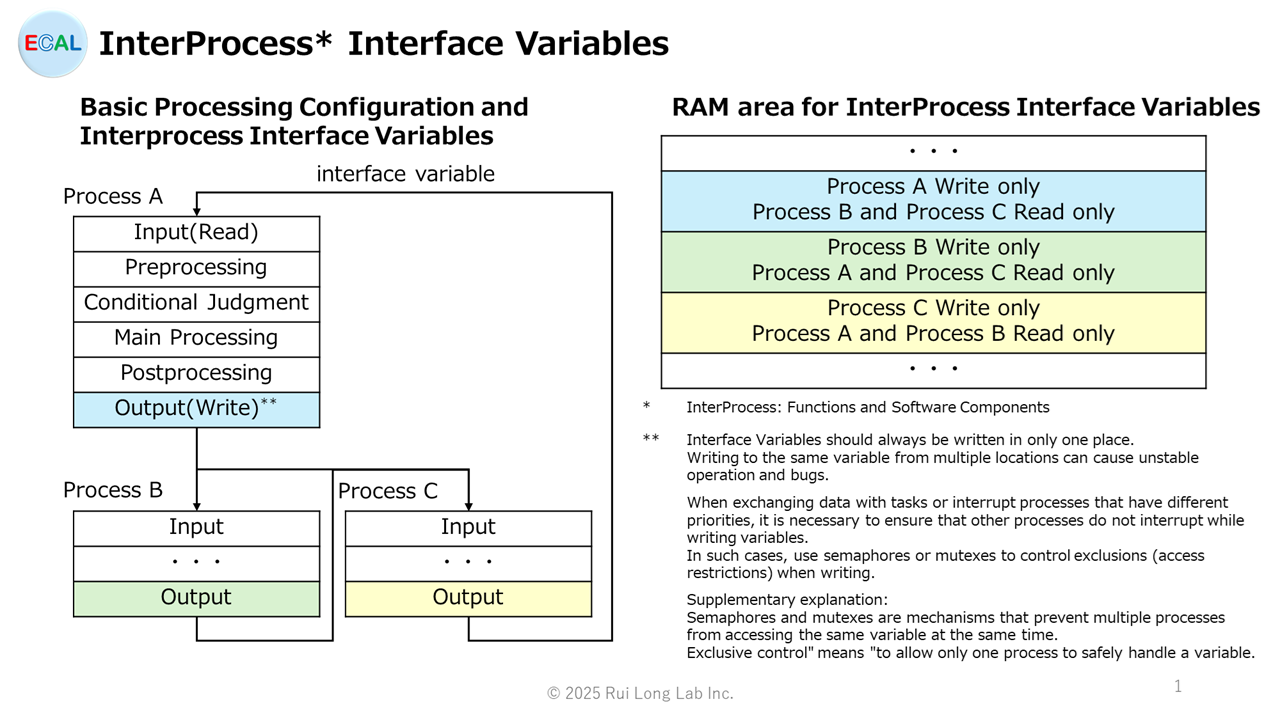
RTOS Thread and Interrupt
This post describes RTOS threads (tasks) and interrupt behavior.
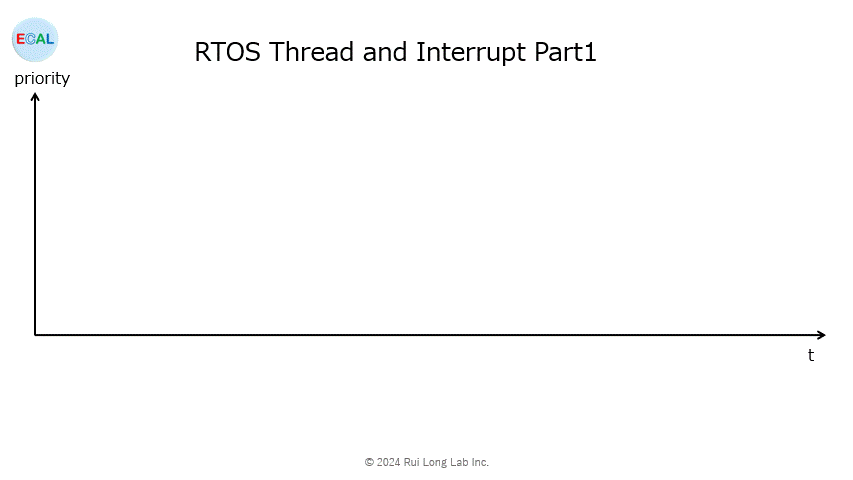
Hard-RTOS Multitask and Interrupt
This post describes MultiTask (Thread) and interrupt behavior of a Hard-RTOS. This post is a supplement to my previous post on RTOS Threads(Task) and interrupts. Please note that the behavior may differ depending on the RTOS.
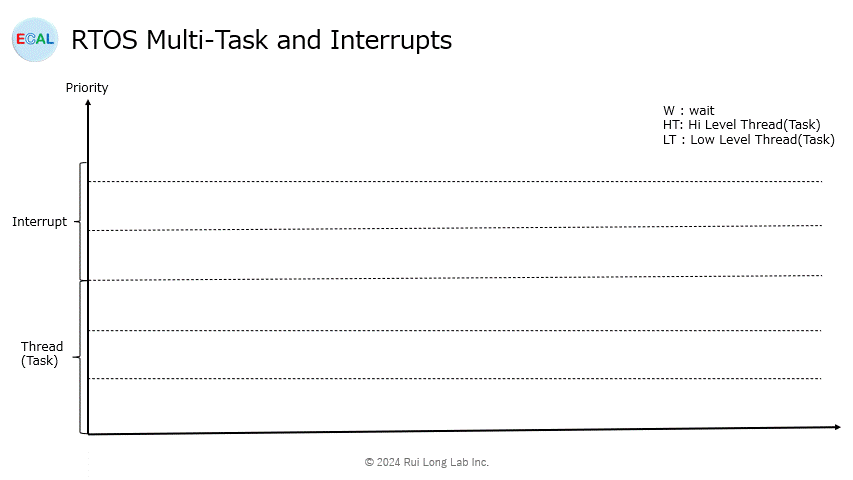
Why is inter-task and interrupt-to-task communication necessary in multitasking ?
This post describes why inter-task and interrupt-to-task communication is necessary in multitasking.
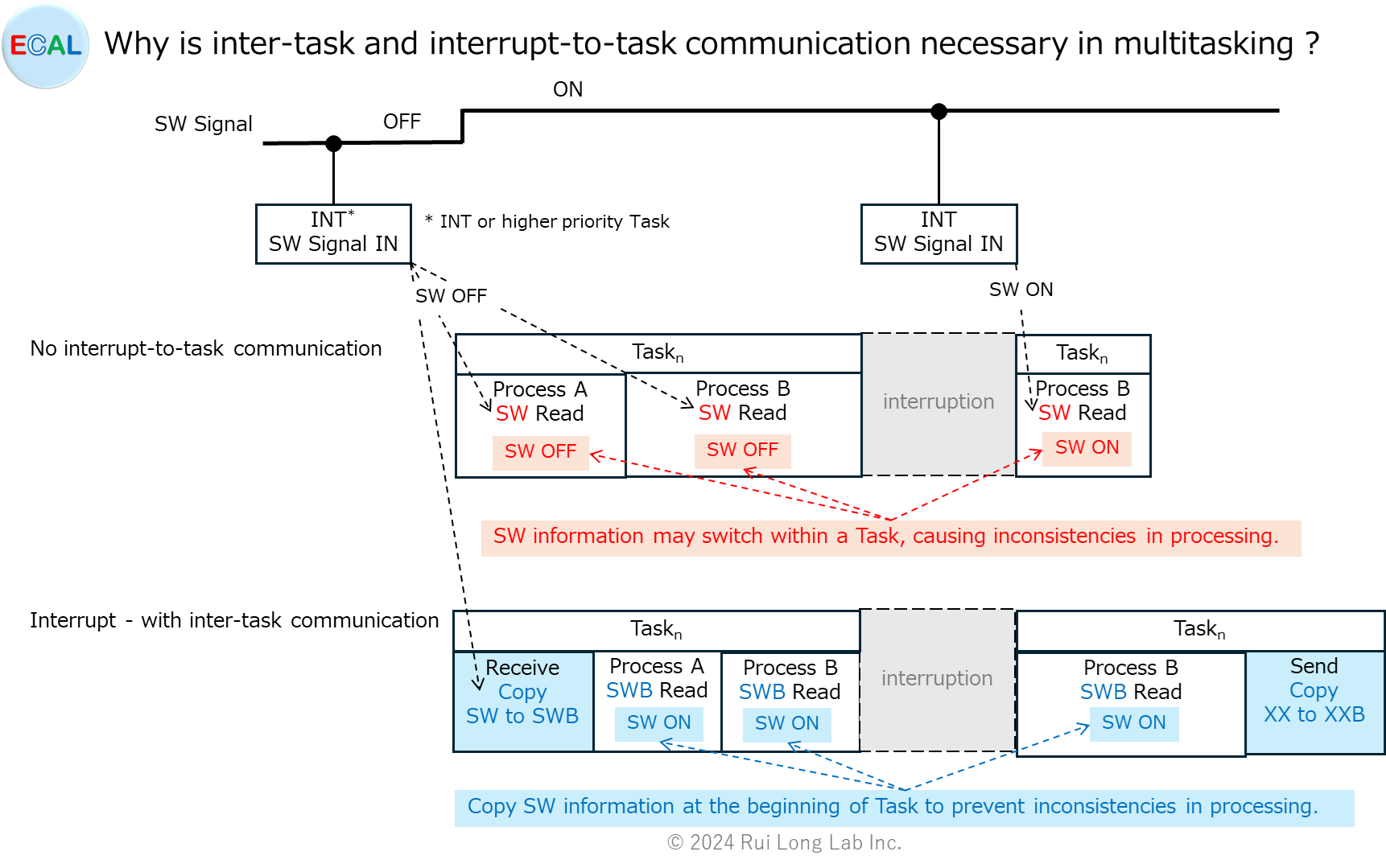
Differences between macro and library
This post describes the difference between macro functions and library functions.
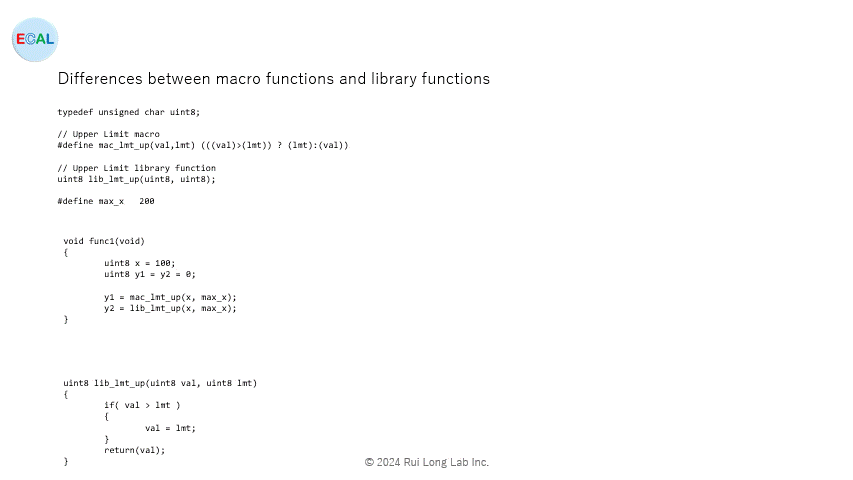
Dual sensor in functional safety system
This post describes a dual sensor with functional safety in mind.
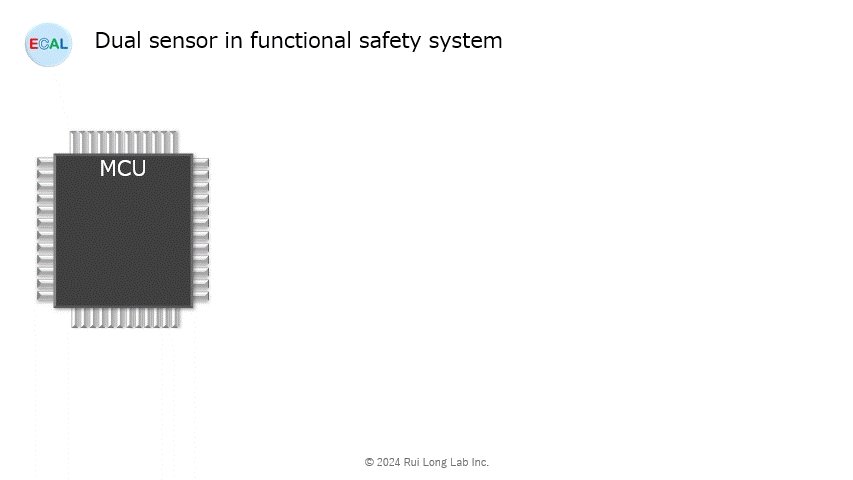
Points easily overlooked in the control model
This post describes points that are easily overlooked in the control model.
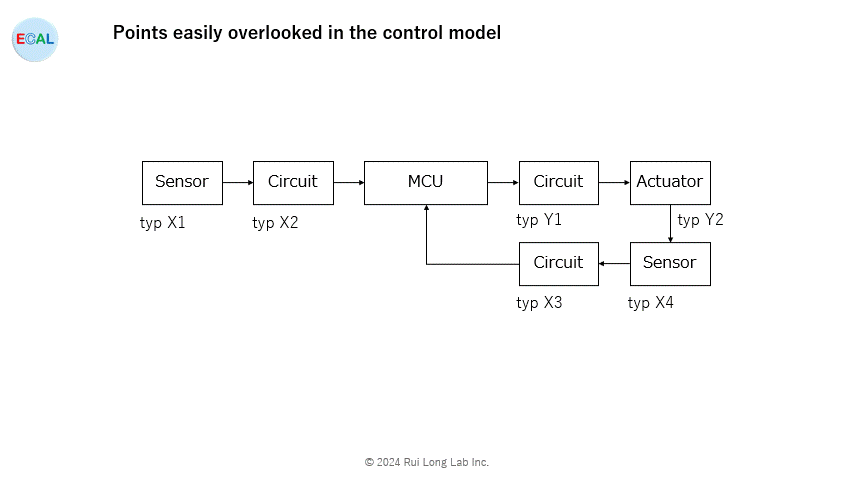
Rare error of shared resources in processes with different priorities
This post describes rare errors of shared resources in processing with different priorities.
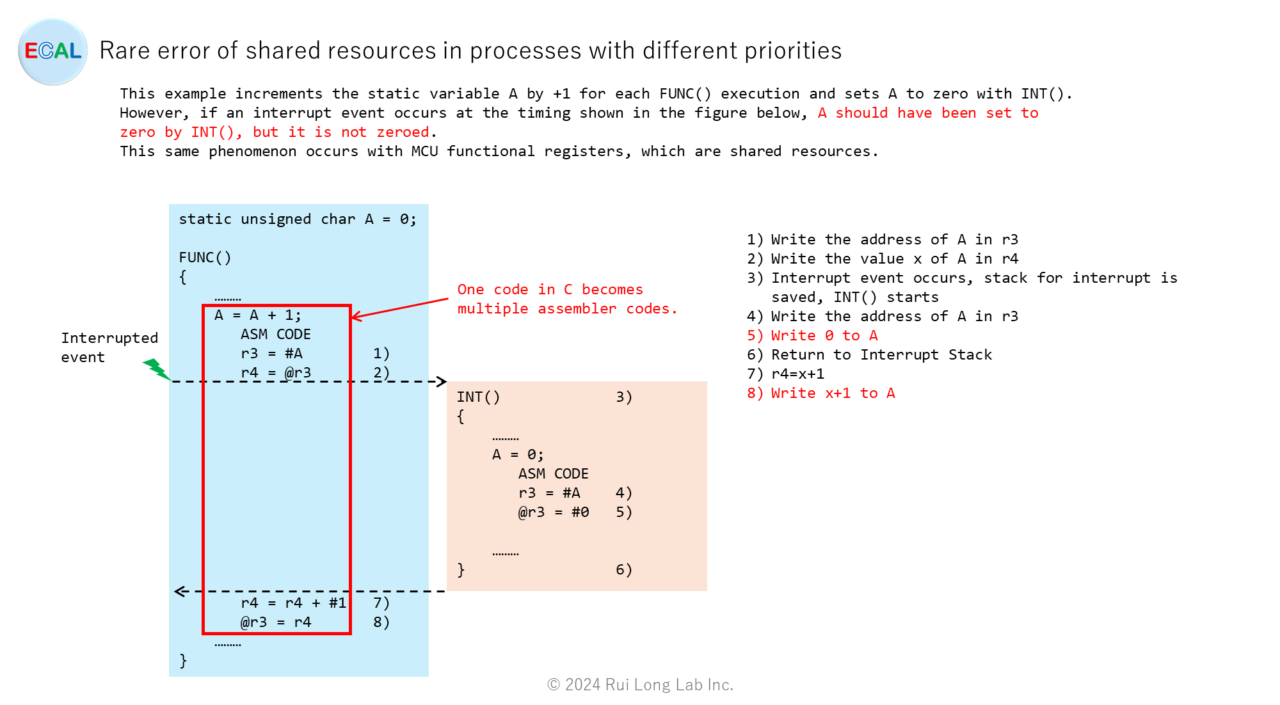
Variable Types and Usage Example
This post describes the types of variables and how to use them.
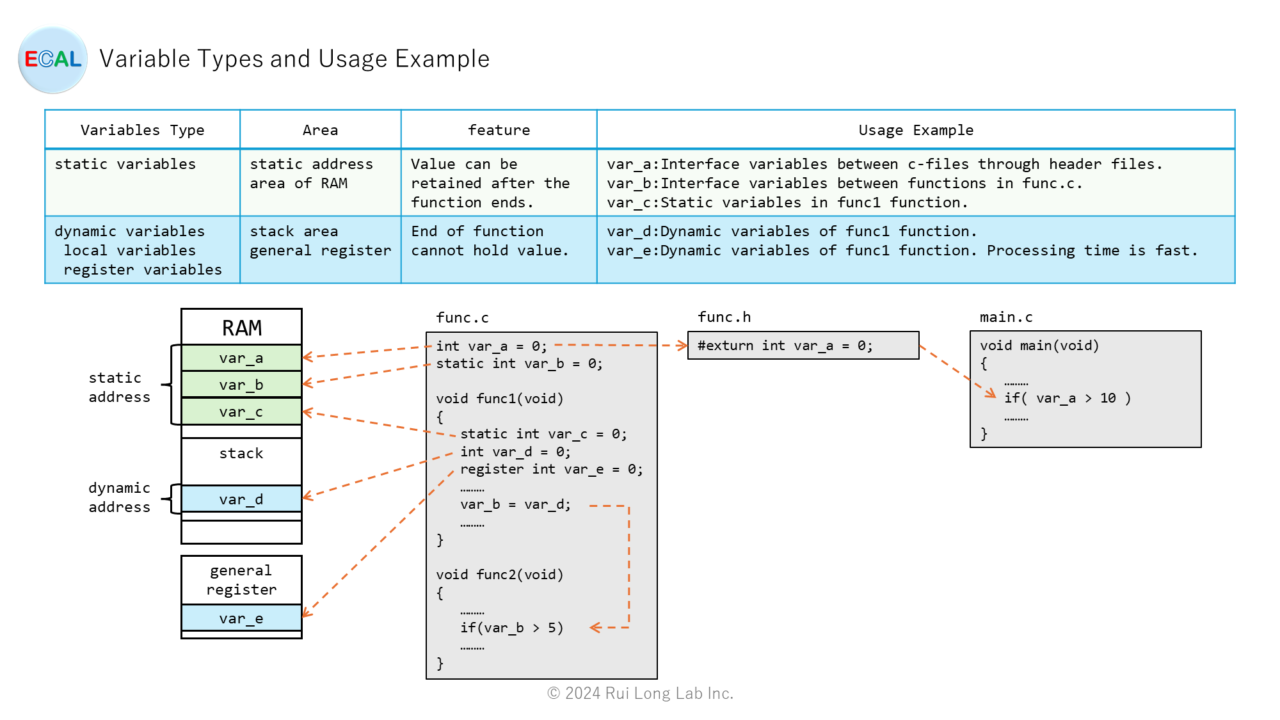
Floating point and Fixed point
This post describes Floating point and Fixed point.
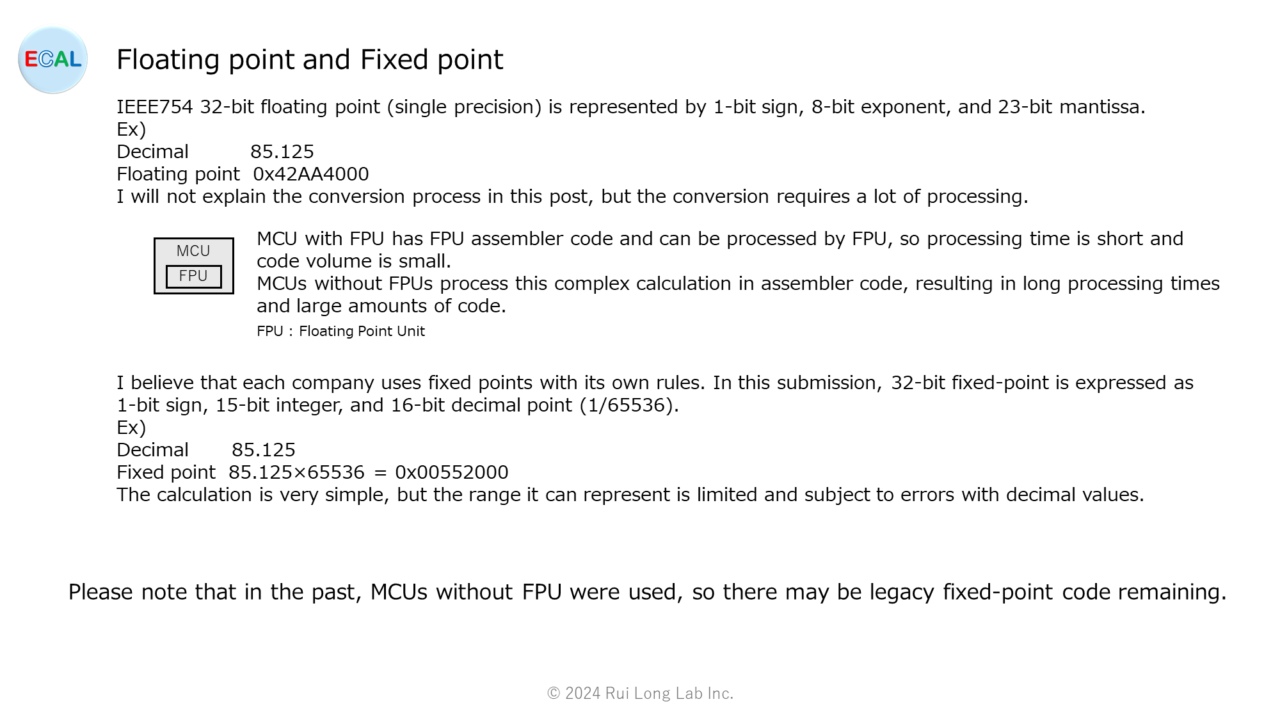
Pitfalls of I2C communication
This post describes a bug I experienced in I2C communication that I fell into.
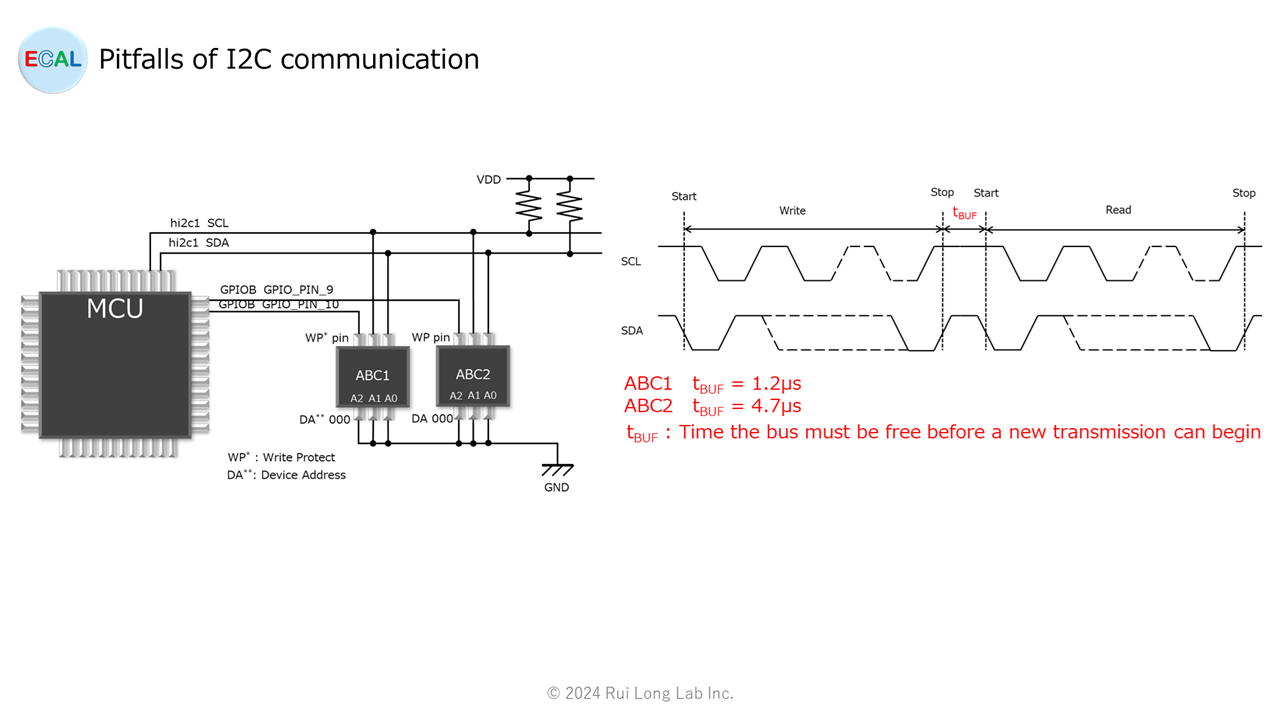
Points to note for external EEPROM
This post describes the points to note for external EEPROM.
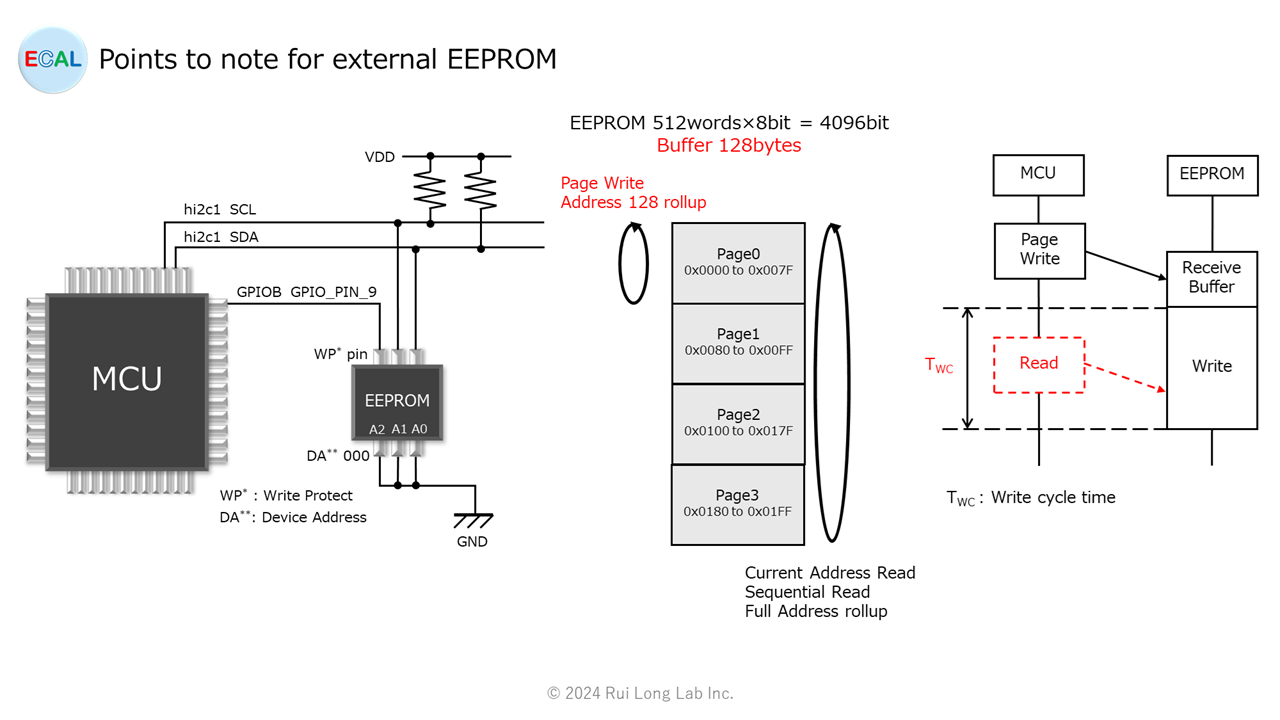
Causes and Measures for spaghettifying codes and models
This post discusses the causes and measures for spaghettifying codes and models.
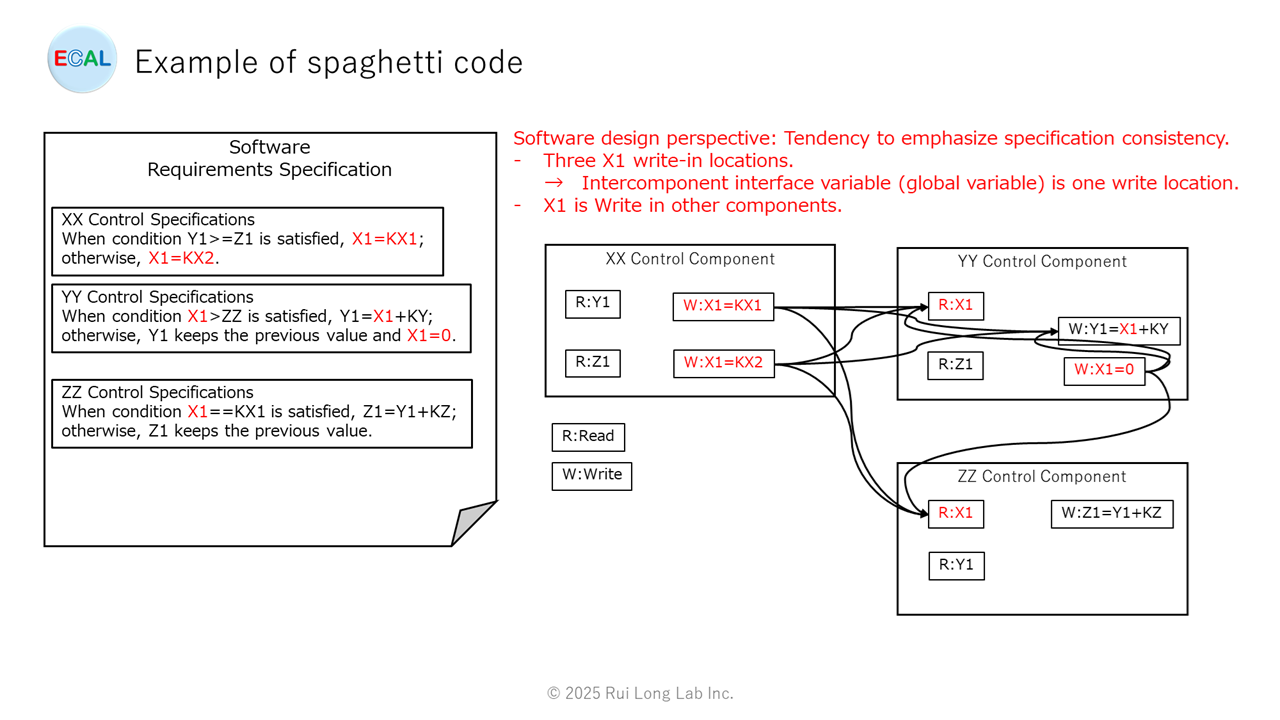
Embedded Software Design Documentation
This post describes the Embedded Software (SW) Design Documentation.
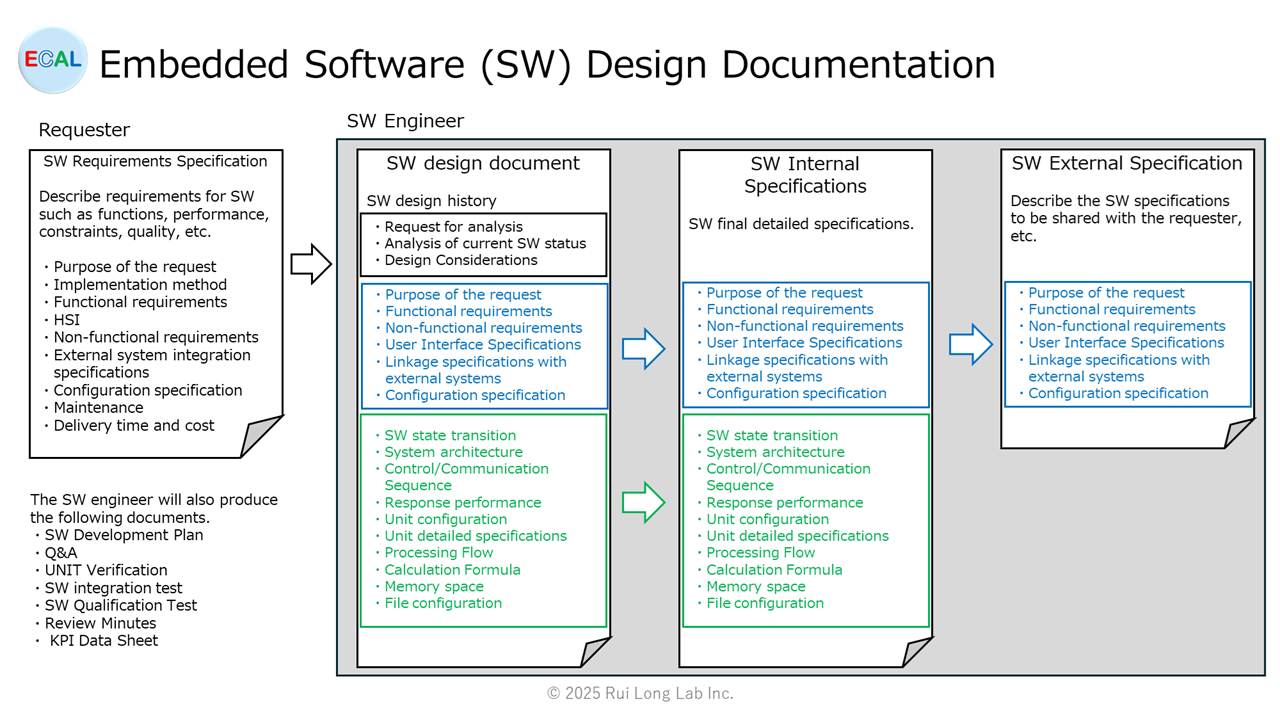
How to maintain documentation for each process
This post describes how to maintain documentation for each process.
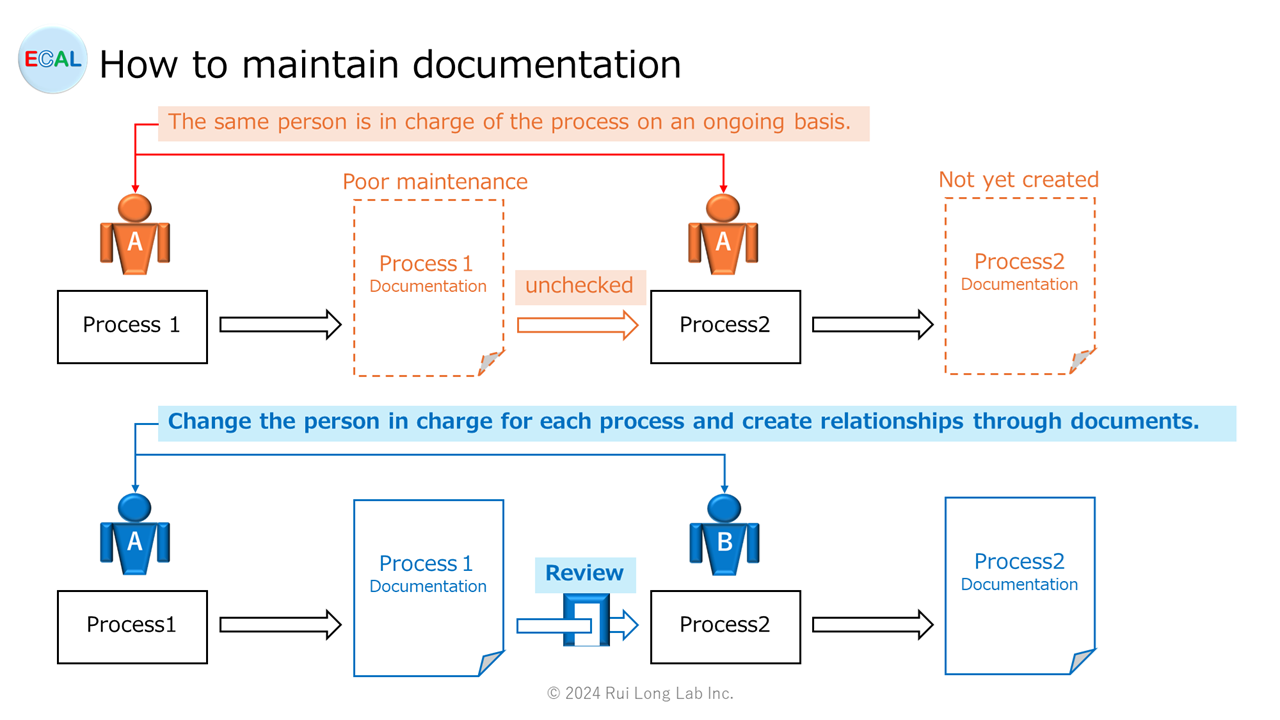
Functional Safety Specifications
This post describes the functional safety specifications. Many people have already posted about the ISO 26262 functional safety standard, so I will skip it in this post.

Codes that take into consideration temporary anomalies
This post describes a code that take into consideration temporary anomalies.
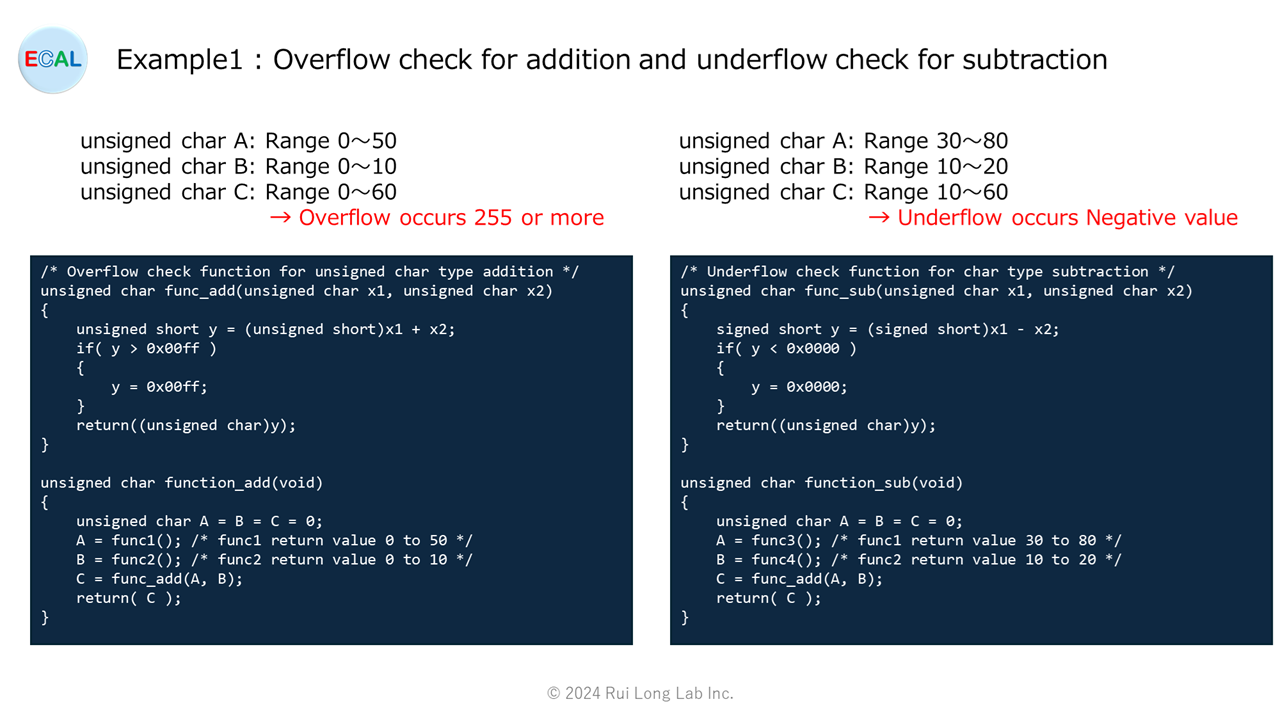
Infinite loop due to MCU function register failure
This post describes an infinite loop due to MCU function register failure.
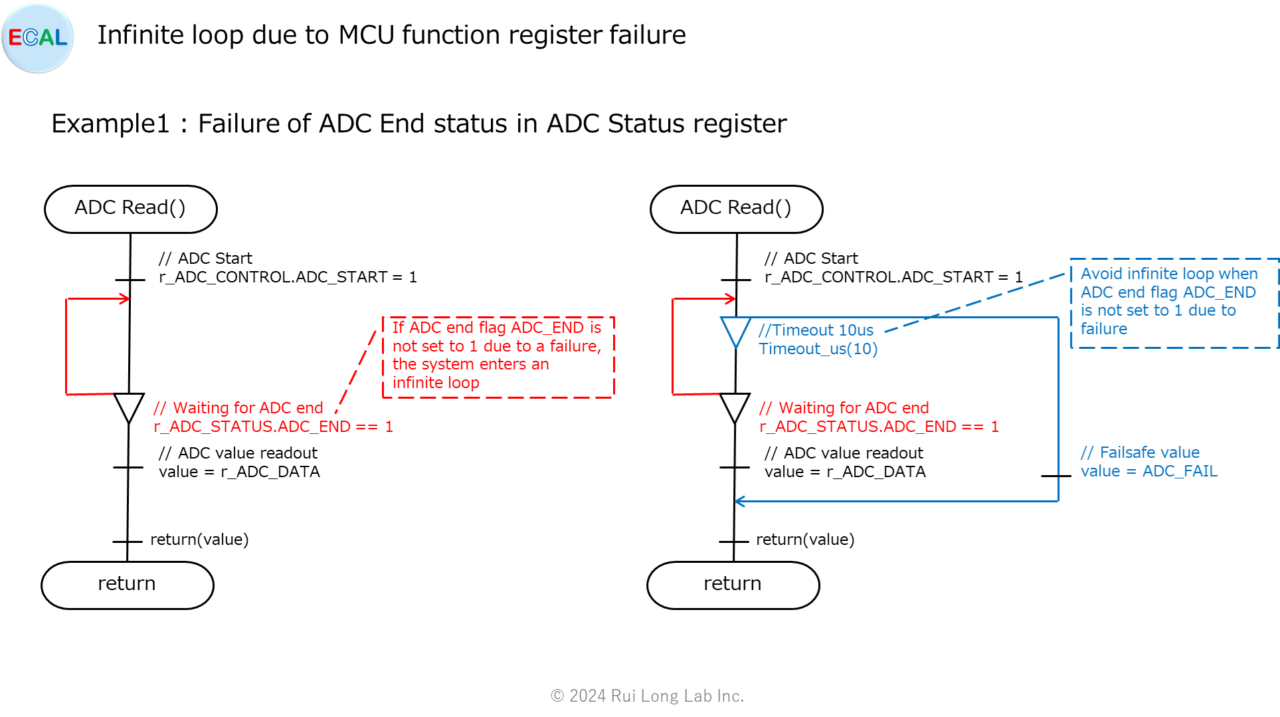
Reliability of Embedded Software
This post describes the reliability of embedded software.
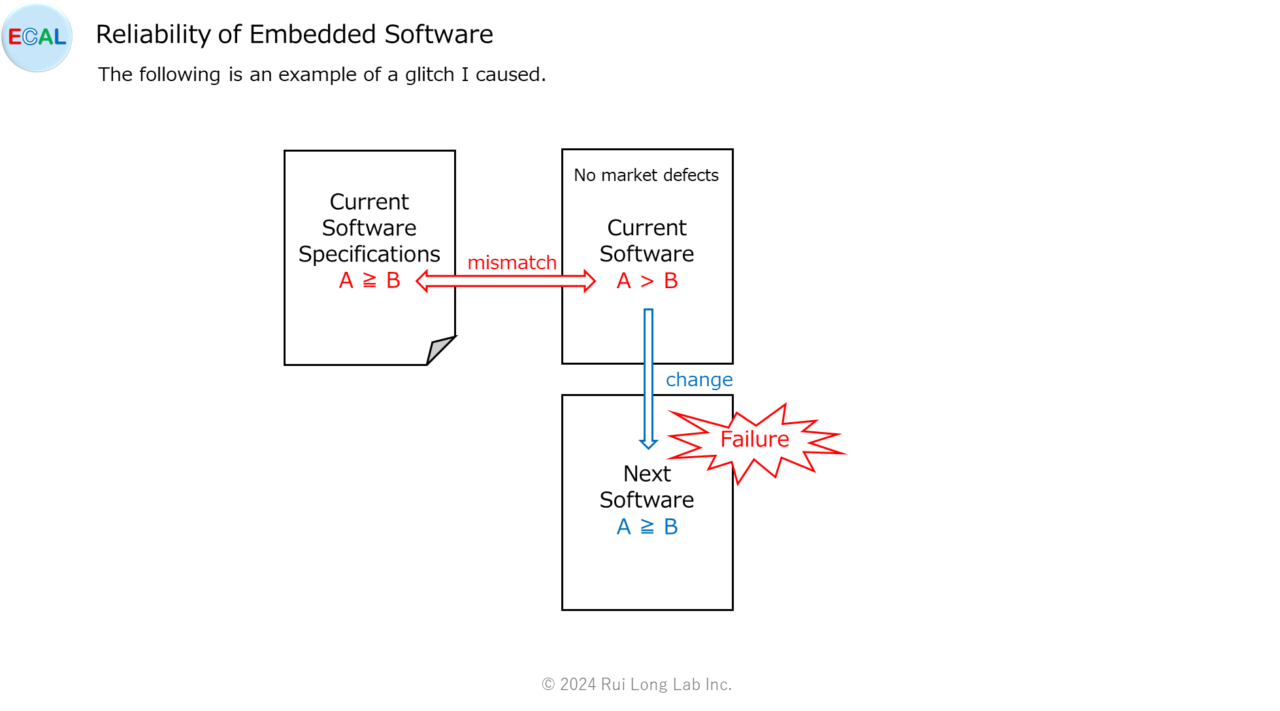
How to understand hardware characteristics for software engineers
This post describes how to understand hardware characteristics for software engineers.
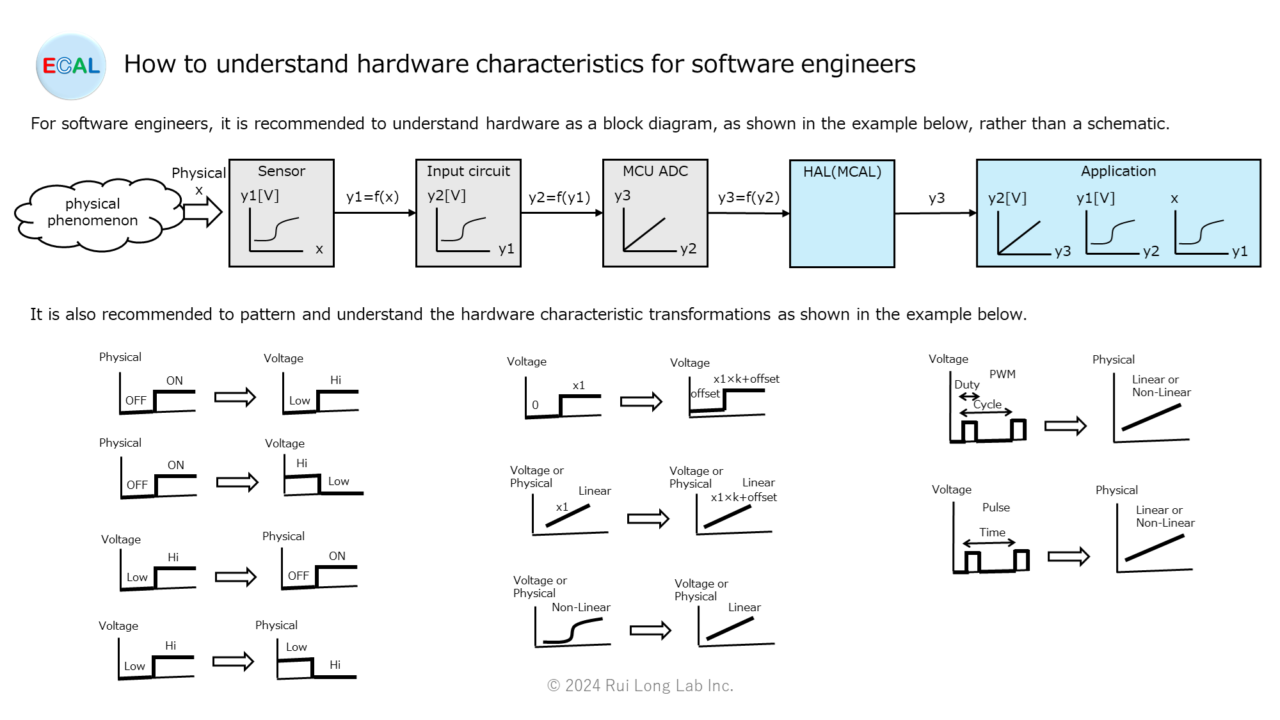
Steps to understand communication specifications
This post describes how to understand communication specifications.
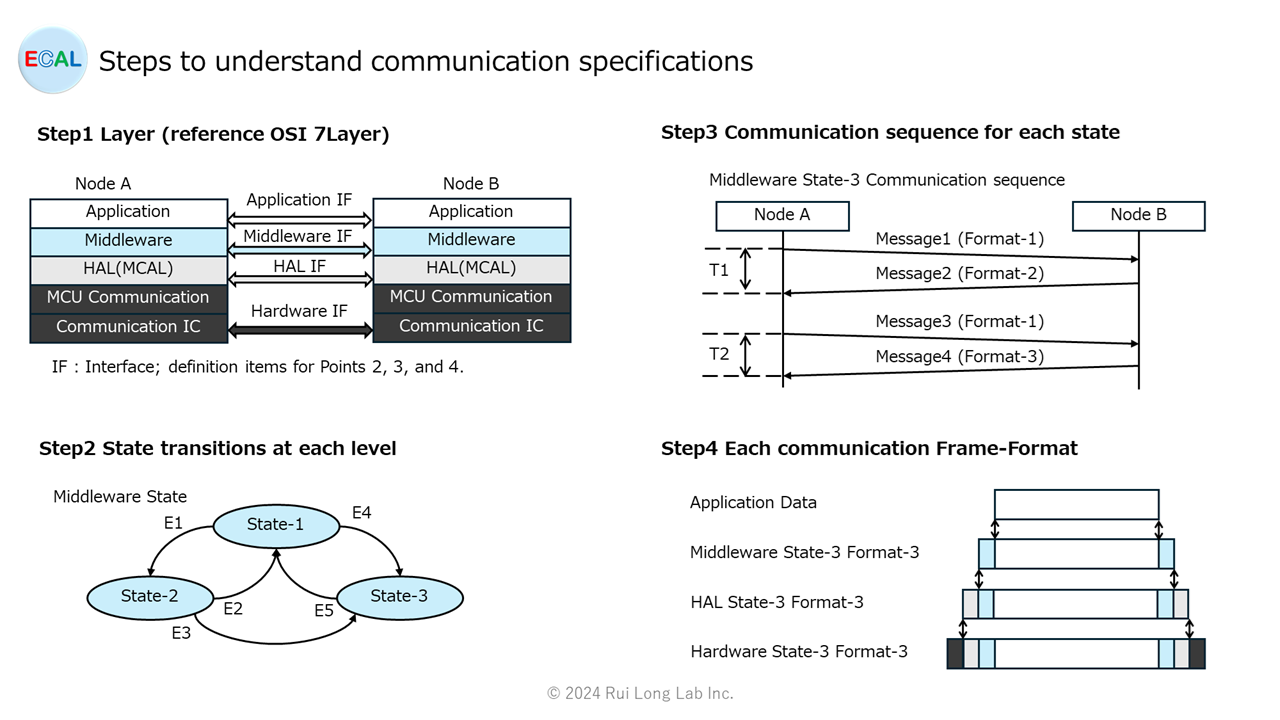
Points for making market failure
This post describes the points for making market failures in embedded products.
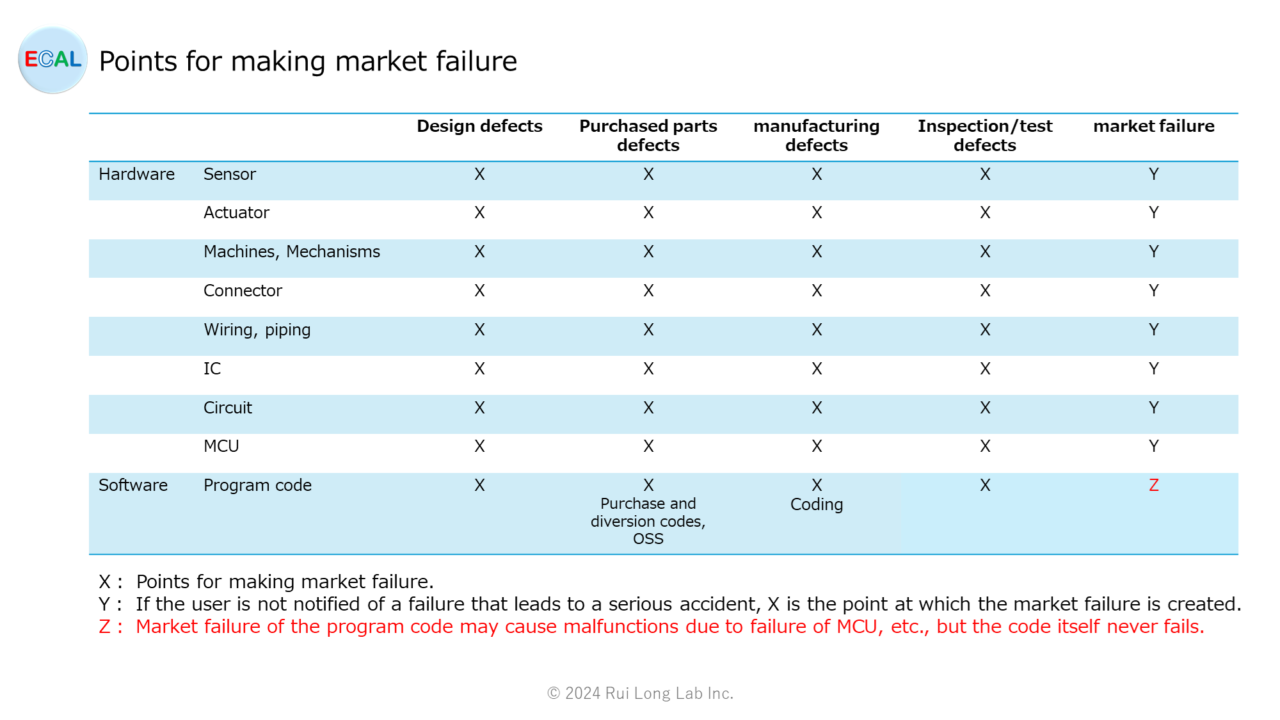
SPI and I2C communications affected by IC communication failure
This post describes the impact of an IC communication failure on SPI and I2C communications.
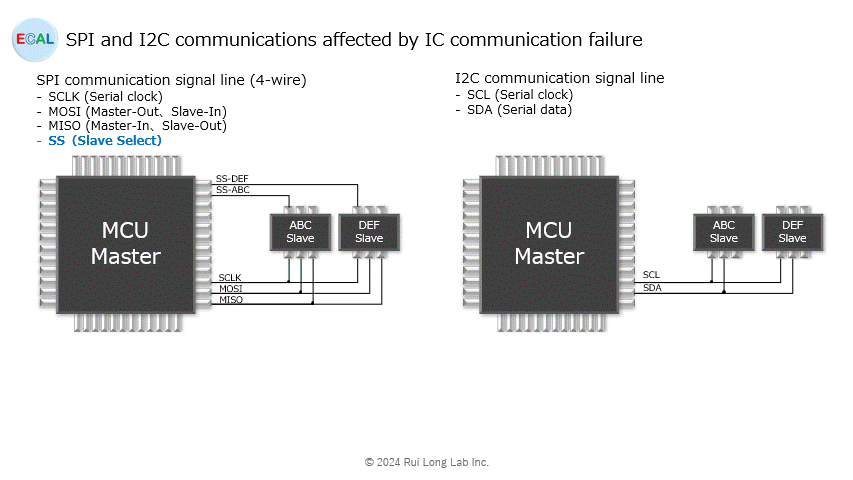
CAN MAP
This post describes the CAN map.
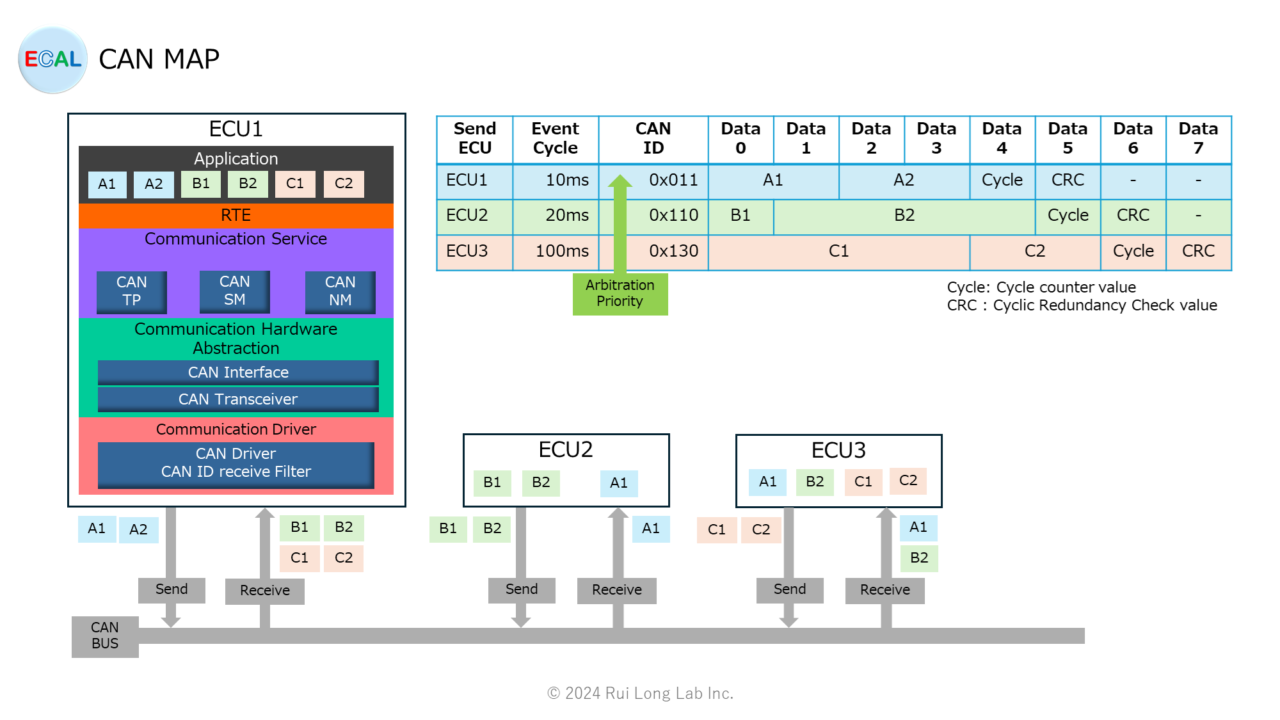
Examples of problems with defects:Two consecutive timer interrupts occur with rare frequency
This post presents an example of a problem that I had with a defect: “I was troubled by two consecutive timer interrupts that occurred with rare frequency.
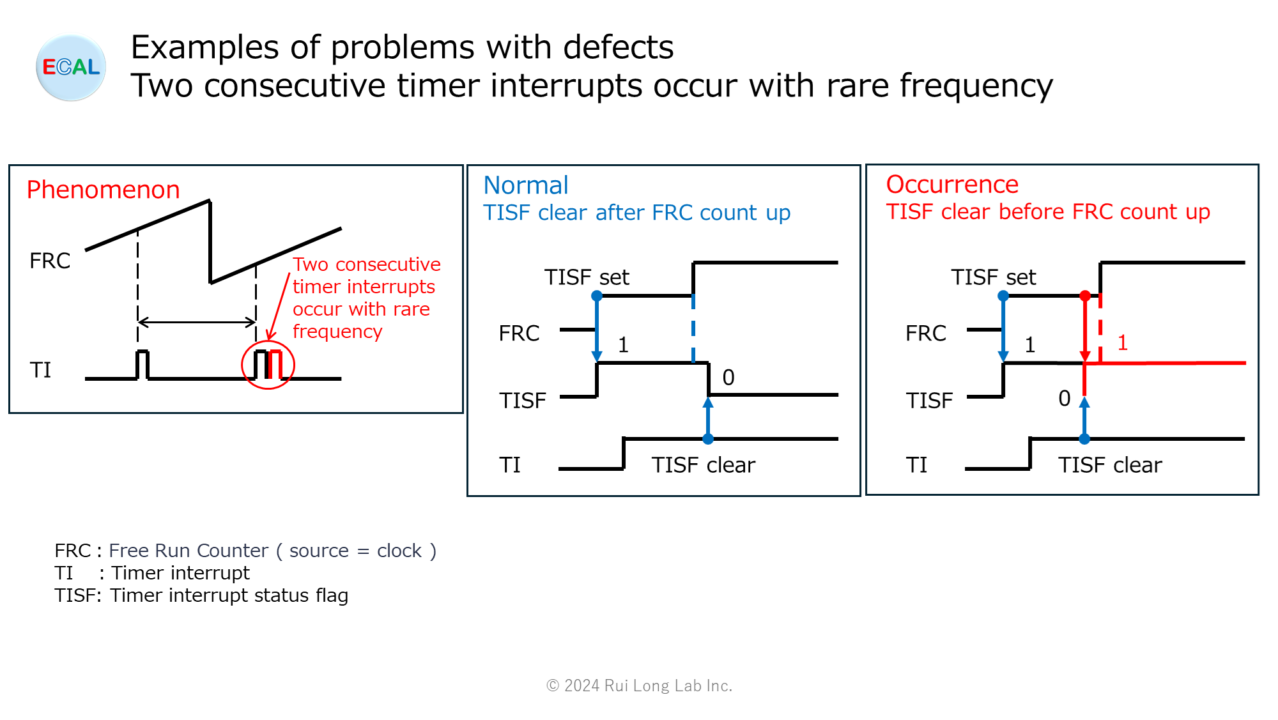
Sensing example Accelerator pedal
This post provides an overview of accelerator pedal sensing as an example of sensing.
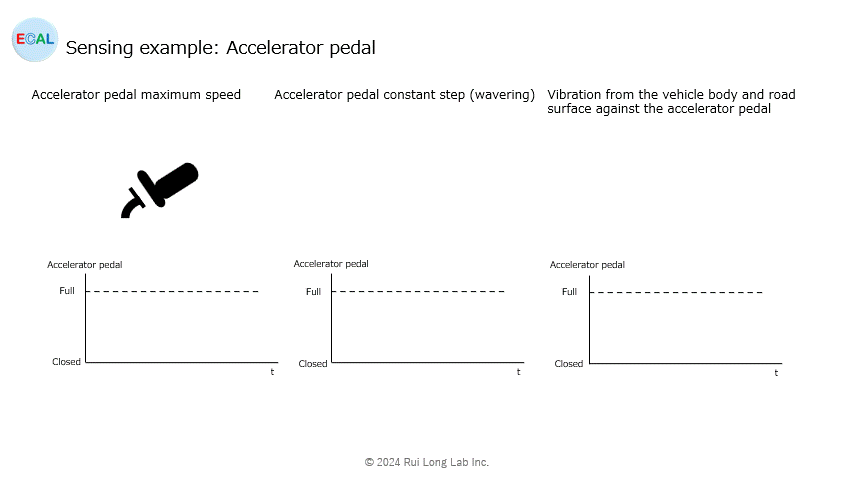
Cautions for Calculations Using Previous Values: Filter Calculations
This post introduces some notes on calculations that use previous values, using filter calculations as an example.
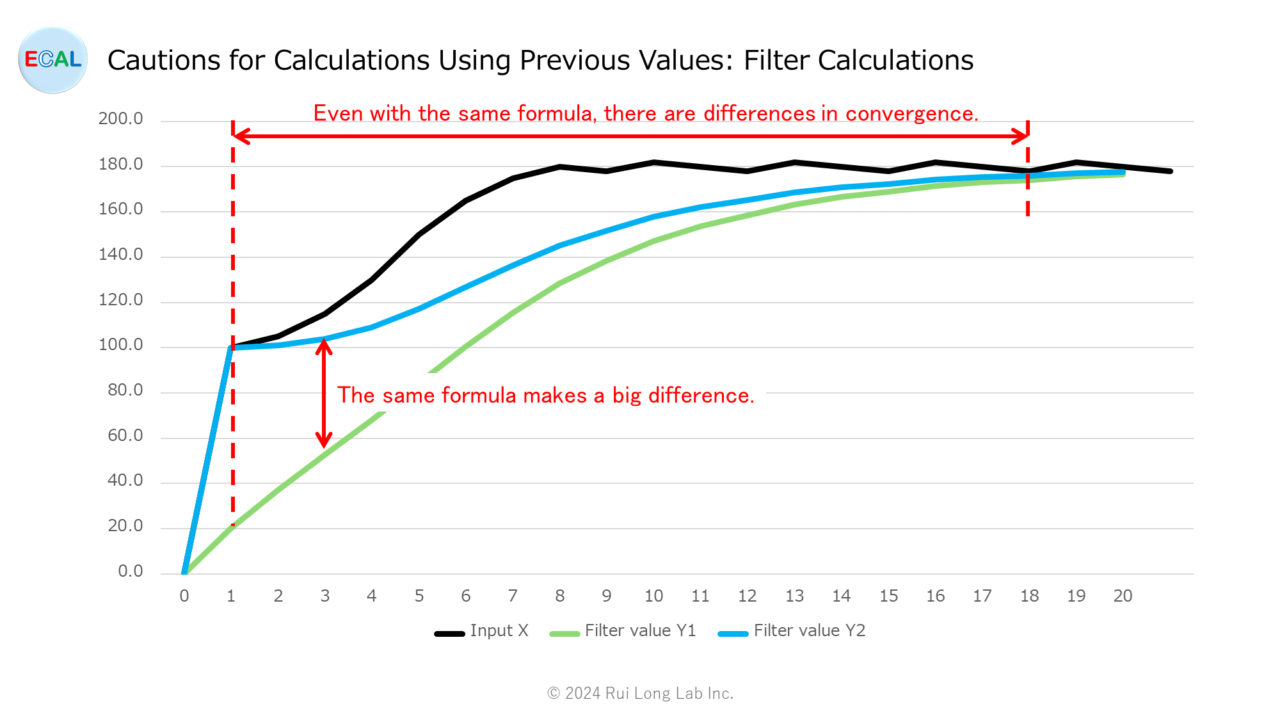
Initial values of static variables during state transitions
This post describes the initial values of static variables during state transitions.
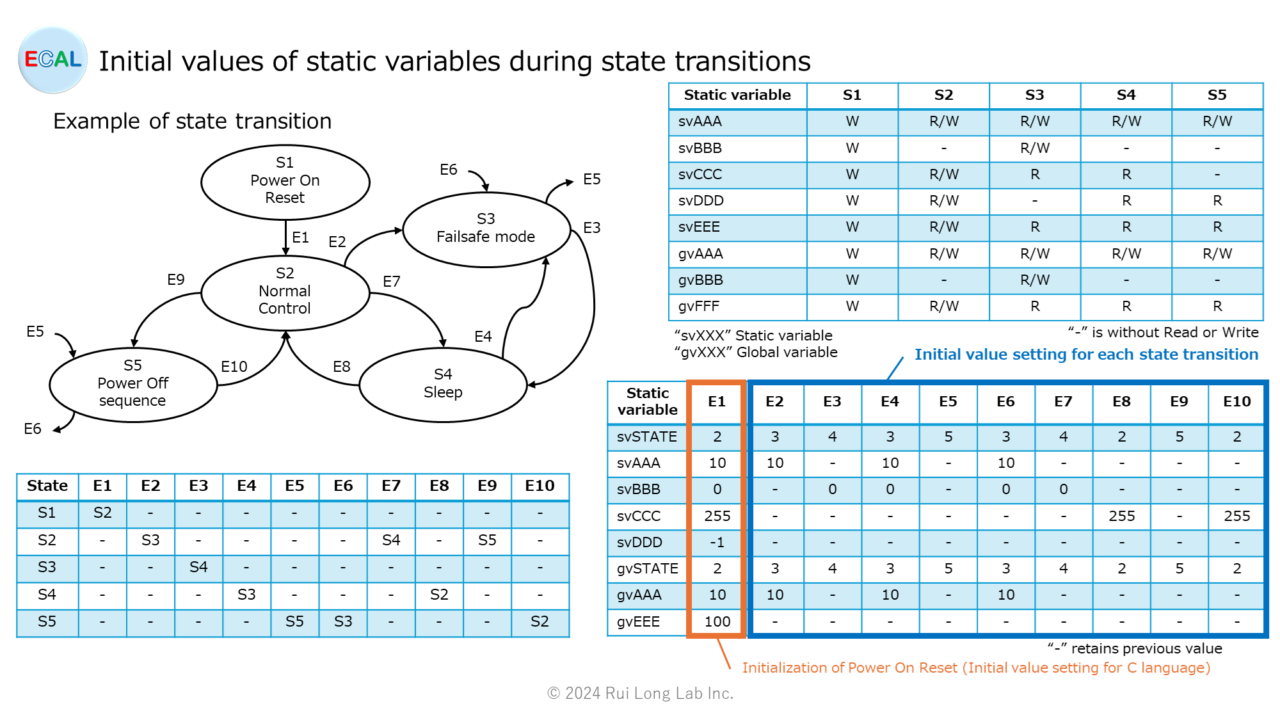
List of Requirements Definitions for Embedded Products
This post describes the requirements definition for an embedded product.
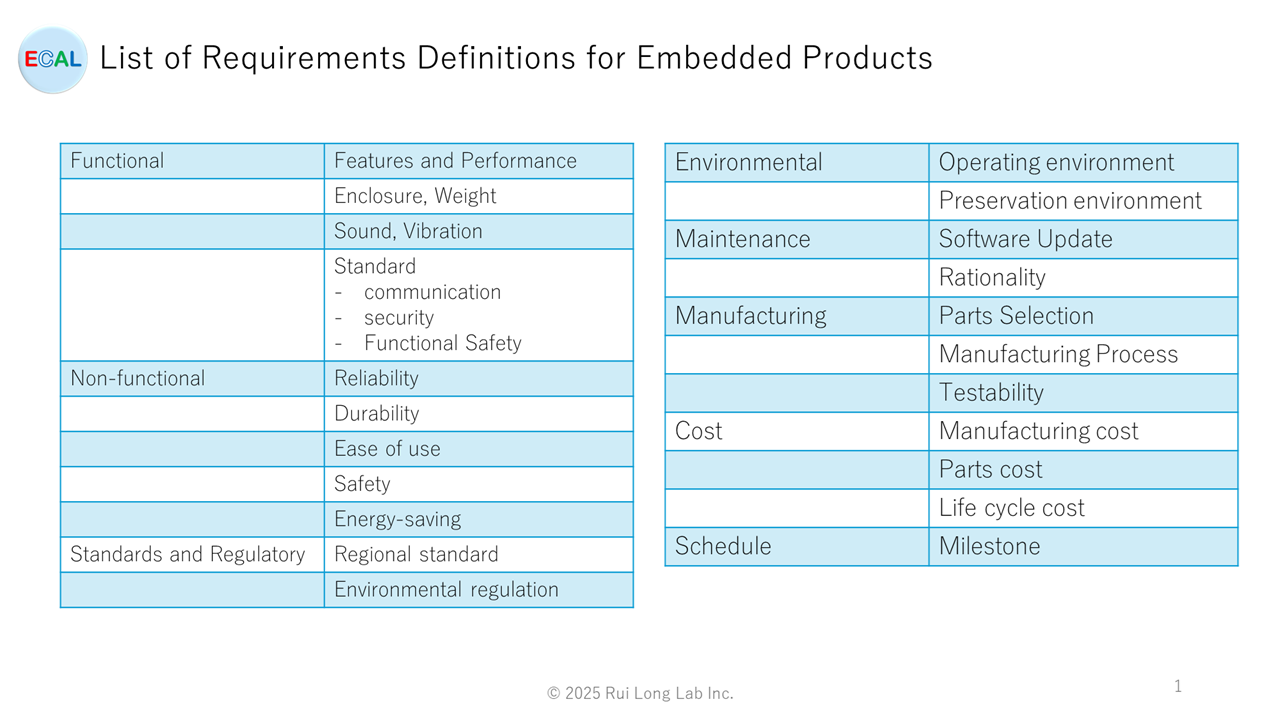
Edge and Zone Architecture for Automotive ECUs
This post describes a recent automotive ECU architecture, the edge and zone architecture.
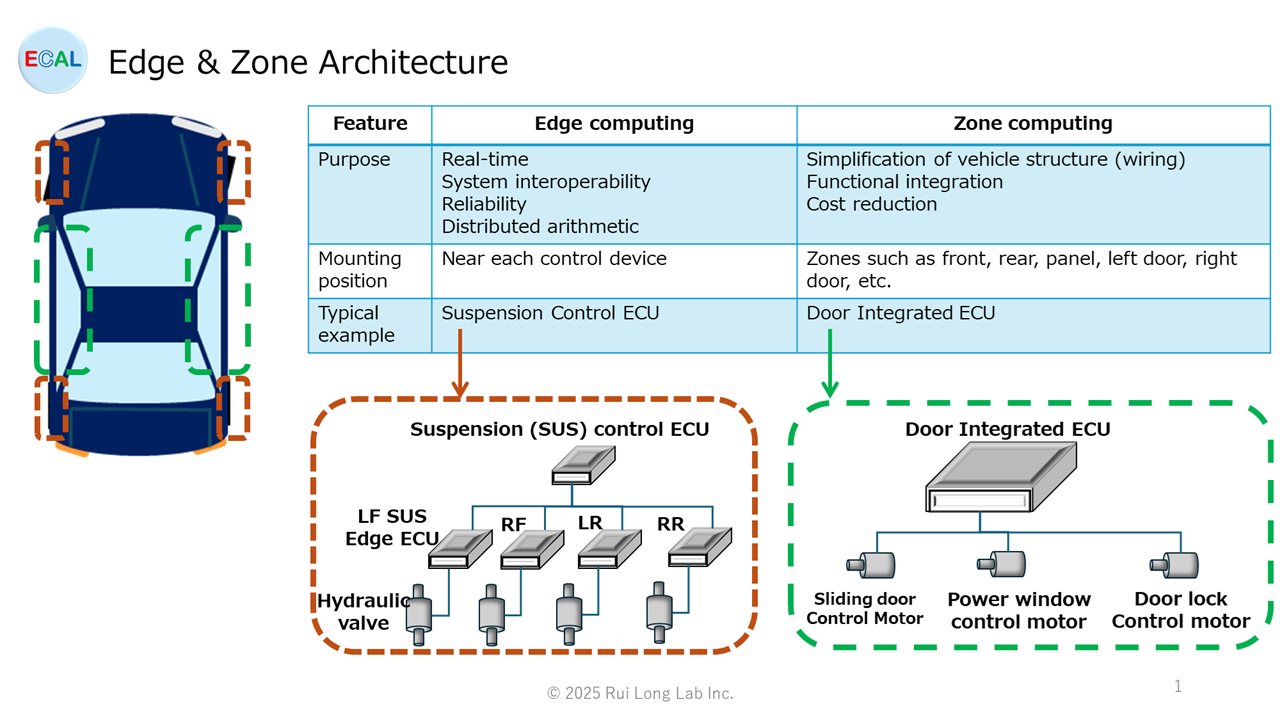
Edge Computing for Automotive ECUs
This post describes edge computing for automotive ECUs.
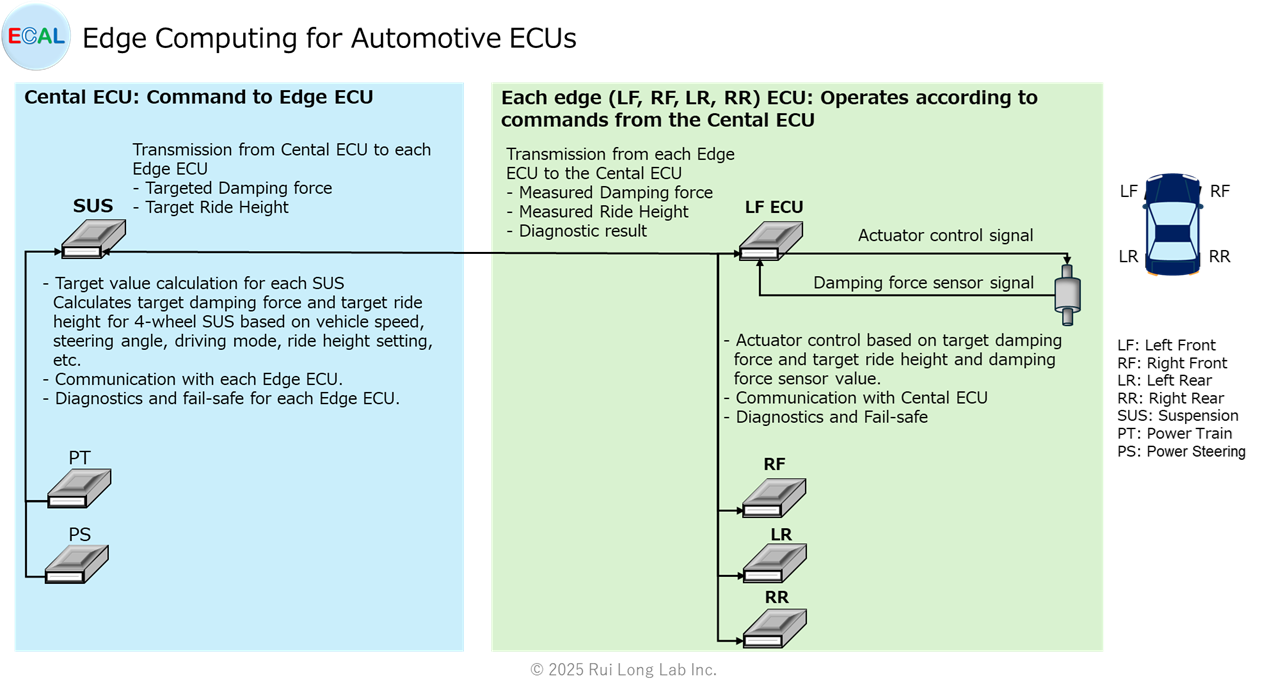
Constant Uses and Classification
This post describes the uses and classifications of constants.
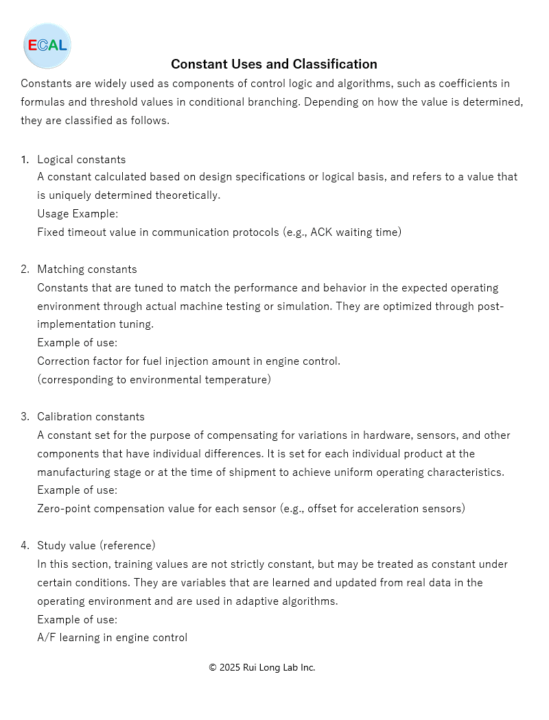
Various HAL API functions (ADC version)
This post introduces the API functions used to read ADC values at each HAL.
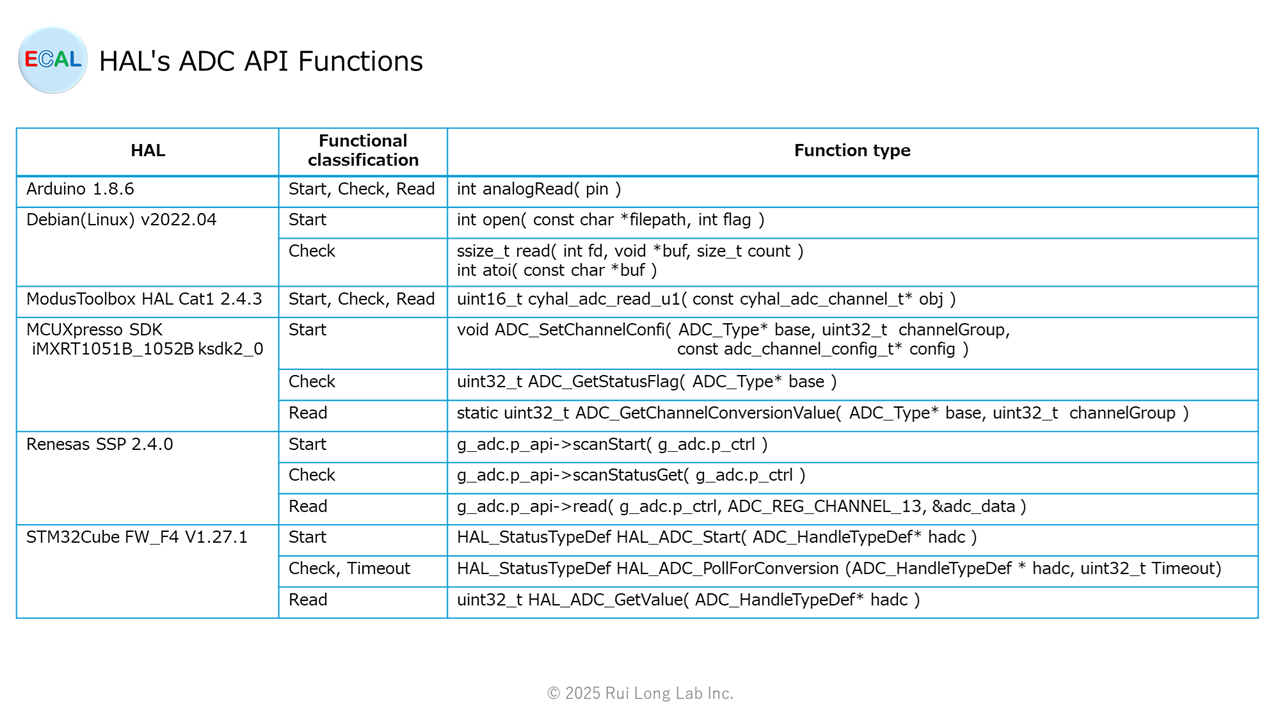
SDV Design Strategies for Market Diversity: Abstraction with HSI and AII
This post proposes abstraction with HSI/AII as an SDV design strategy to address market diversity.
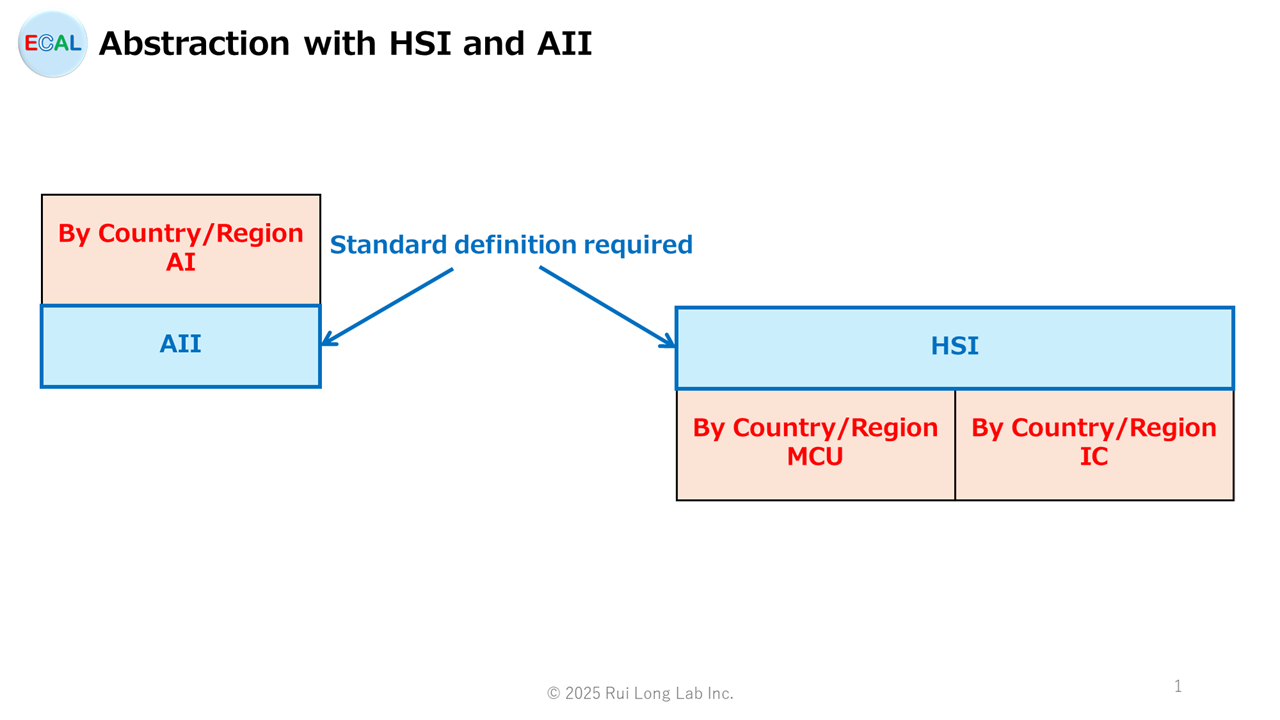
Macro constants
This post describes macro constants.
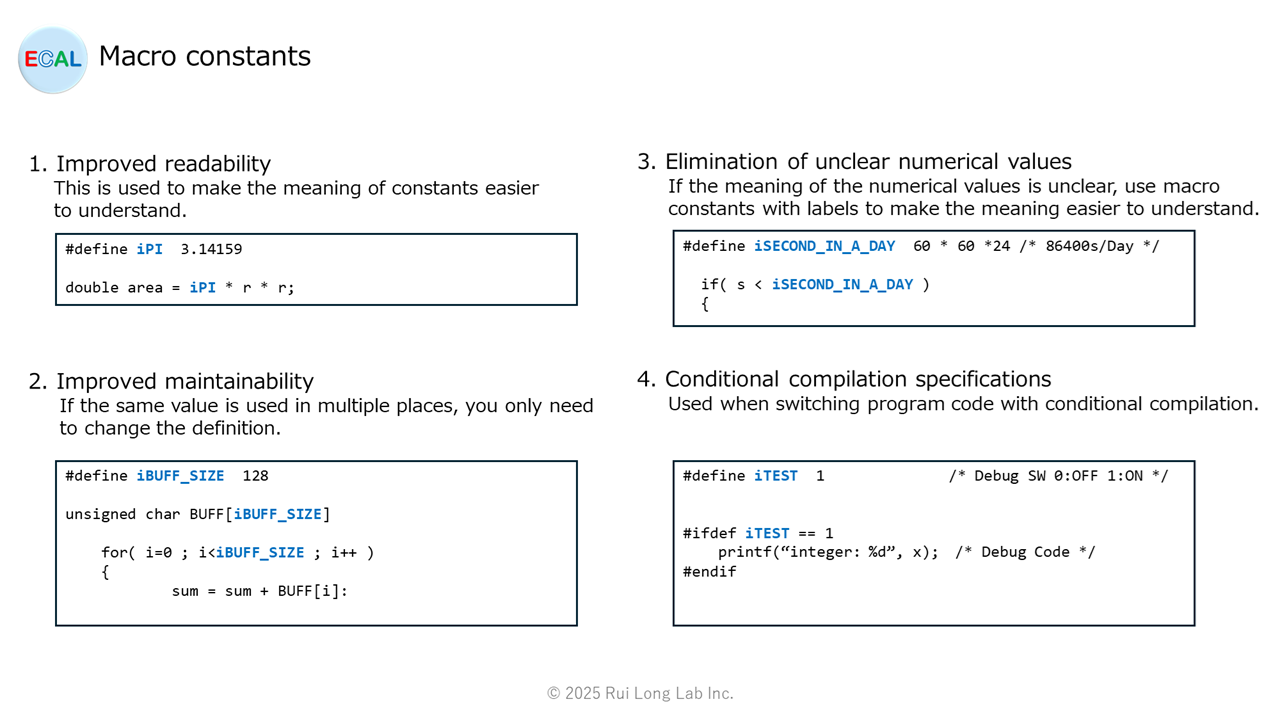
Embedded software design
Characteristics and differences of the V-process in each phase
This post introduces the characteristics and differences of the V-process for each phase of an embedded product.
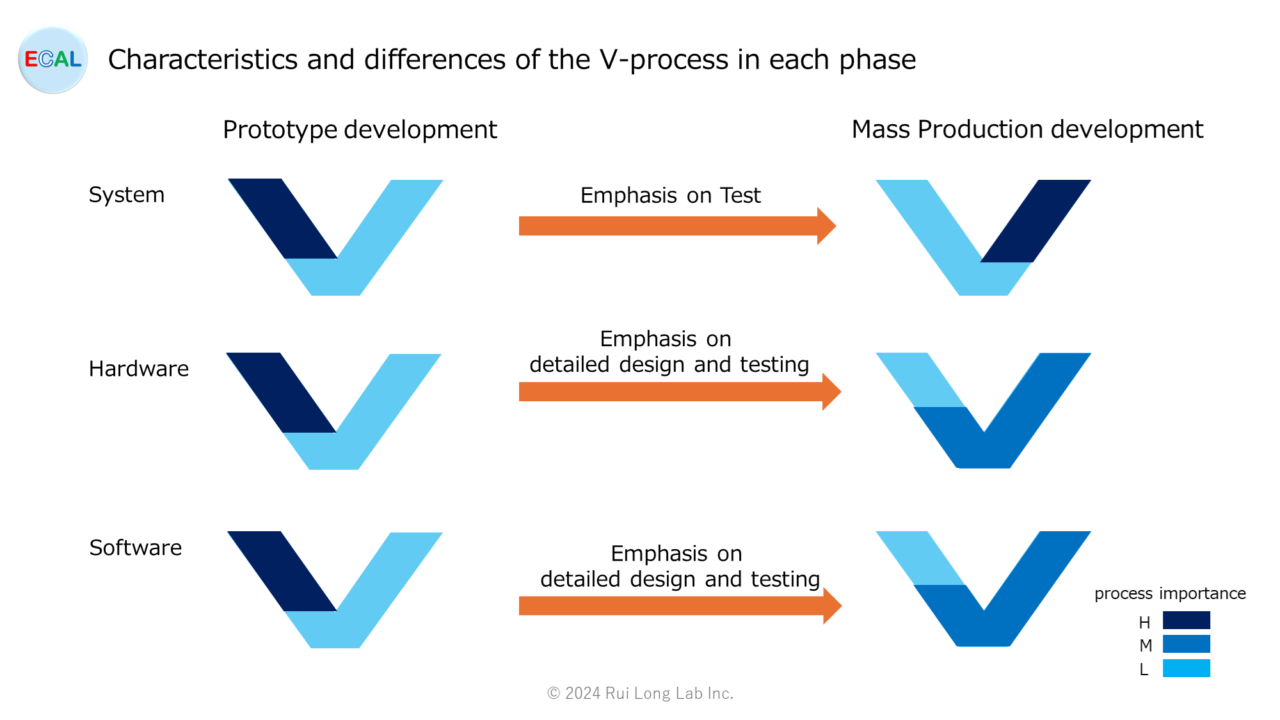
SWE.1 SW Requirements Analysis
This post describes the A-SPICE Software Engineering Process.1 (SWE.1) SW Requirements Analysis detailed process that I recommend.
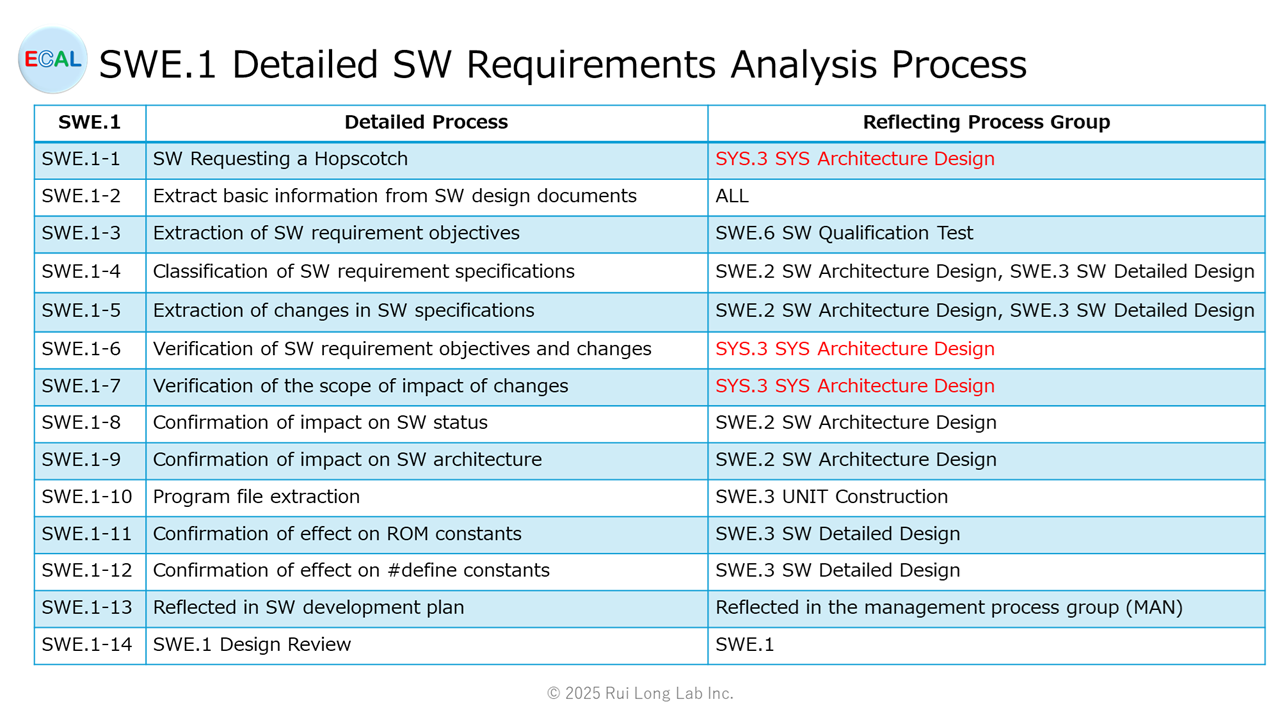
SWE.2 SW Architecture Design
This post describes the A-SPICE Software Engineering Process.2 (SWE.2) SW Architecture Design detailed process that I recommend.

SWE.3 SW Detailed Design and UNIT Construction
This post describes A- SPICE Software Engineering Process .3 (SWE.3) SW Detailed Design and UNIT Construction Detailed Process, which I recommend.
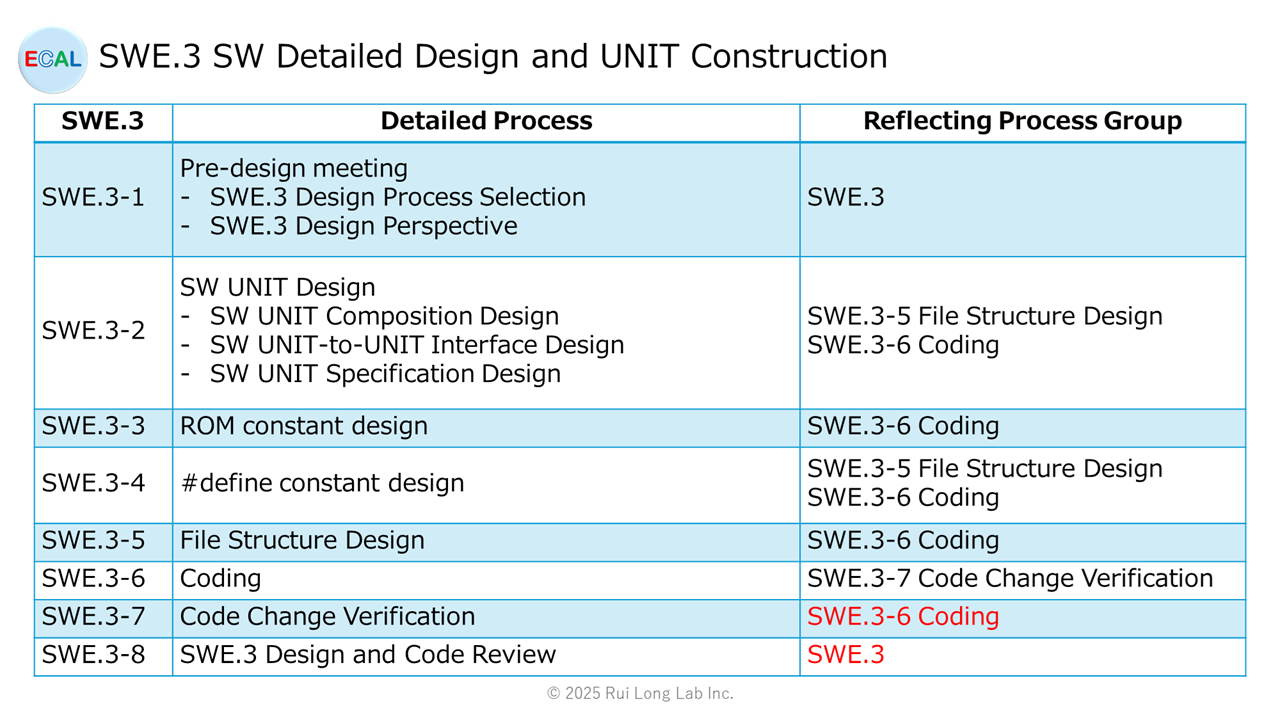
Key Points for Impact Study of Software Changes
This post describes the key points of a software change impact study.
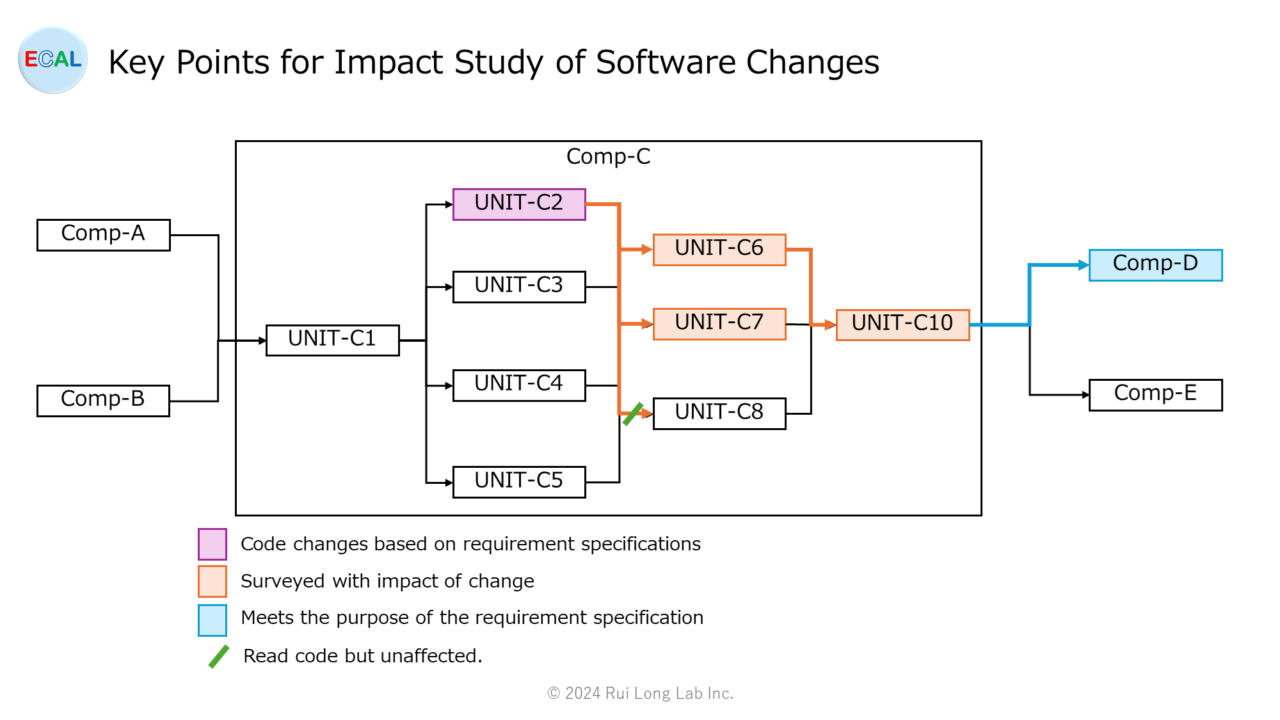
State transition design
This post describes state transition design.
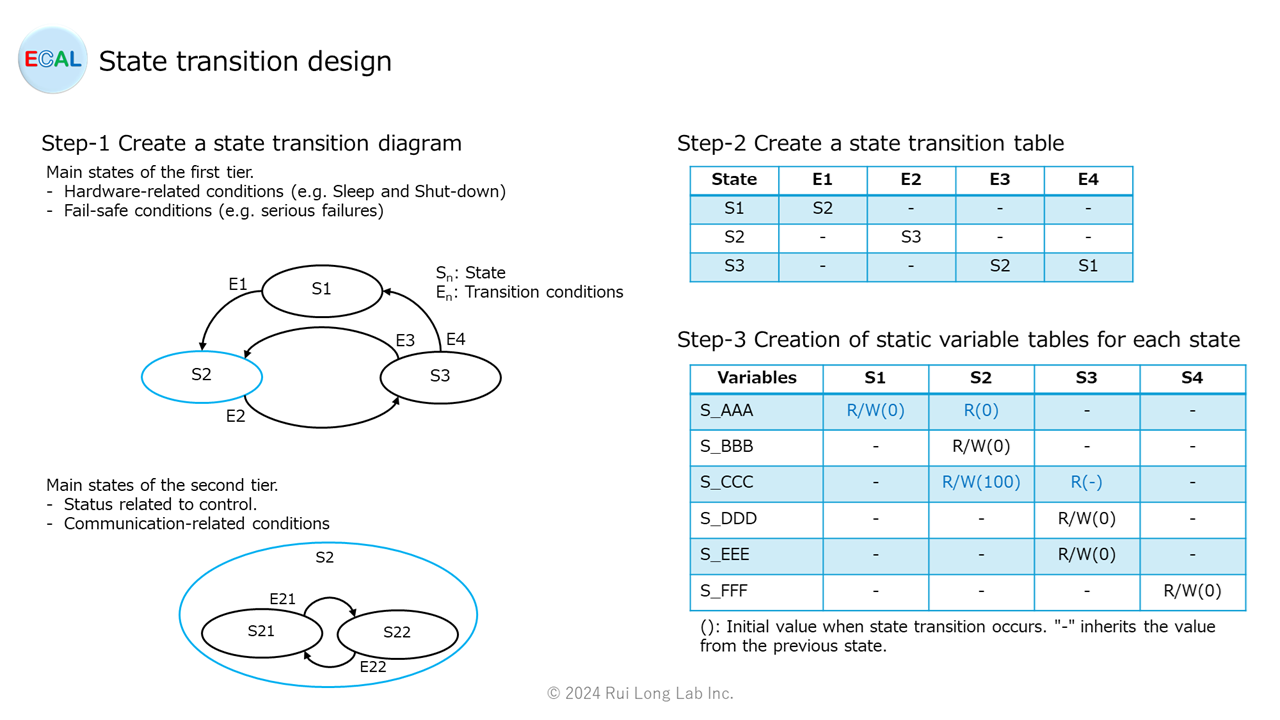
SW Component configuration method for each SW State
This post describes the SW component configuration for each SW state that I recommend.
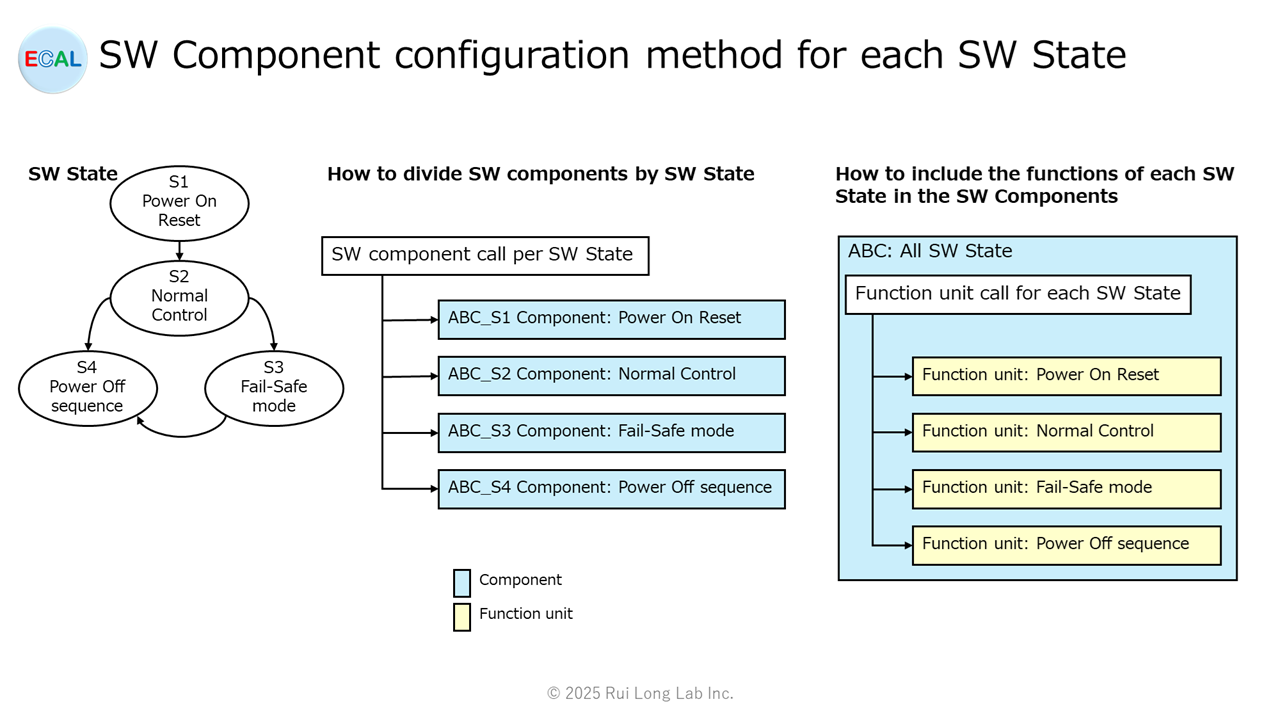
Function Classification in Embedded C
When I explain embedded C language functions, I classify them. In this post, I will explain the function classification.
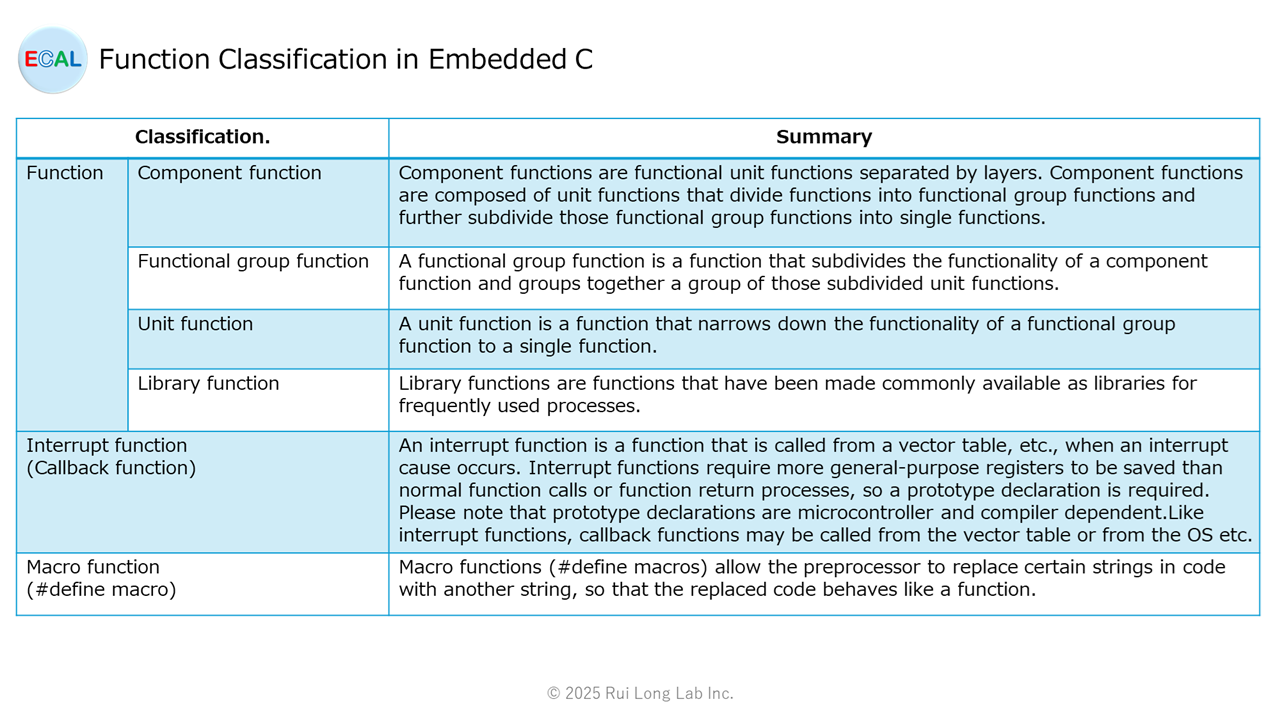
Sample Program
Simplified state transition program
This post introduces compact state transition programs.
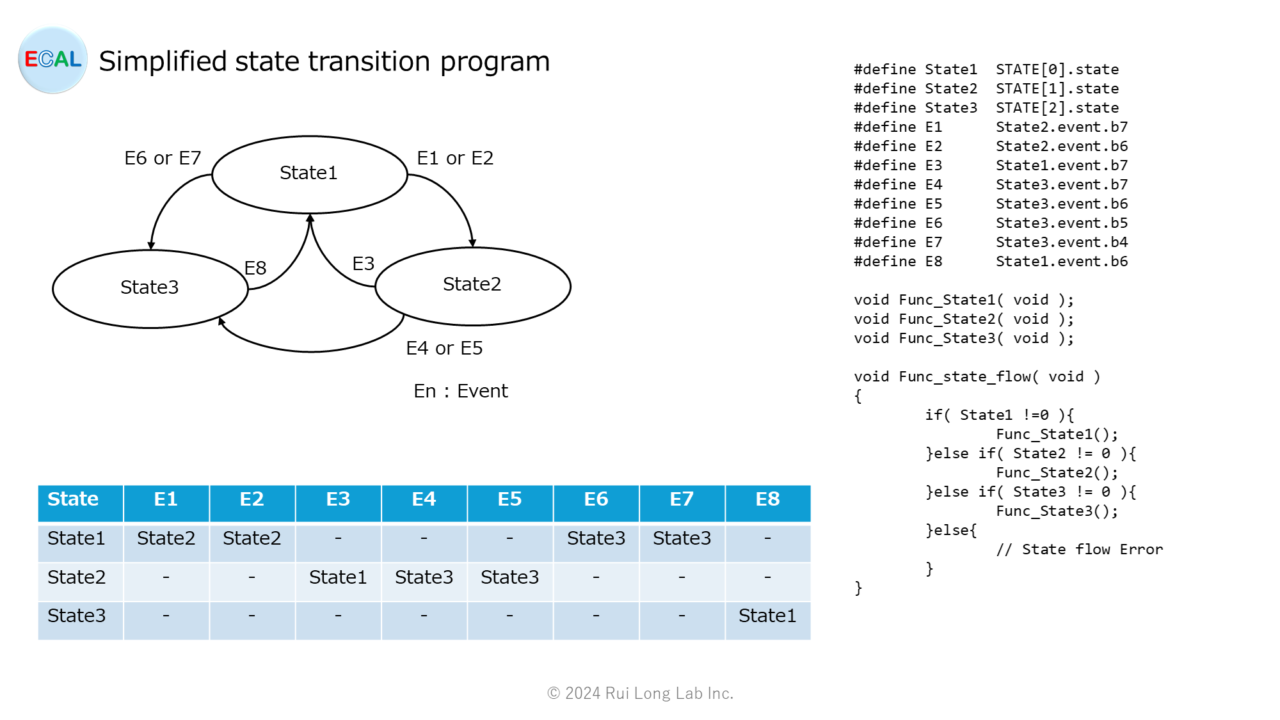
Embedded Development Environment
Compile
This post describes the embeded C/C++ compile.
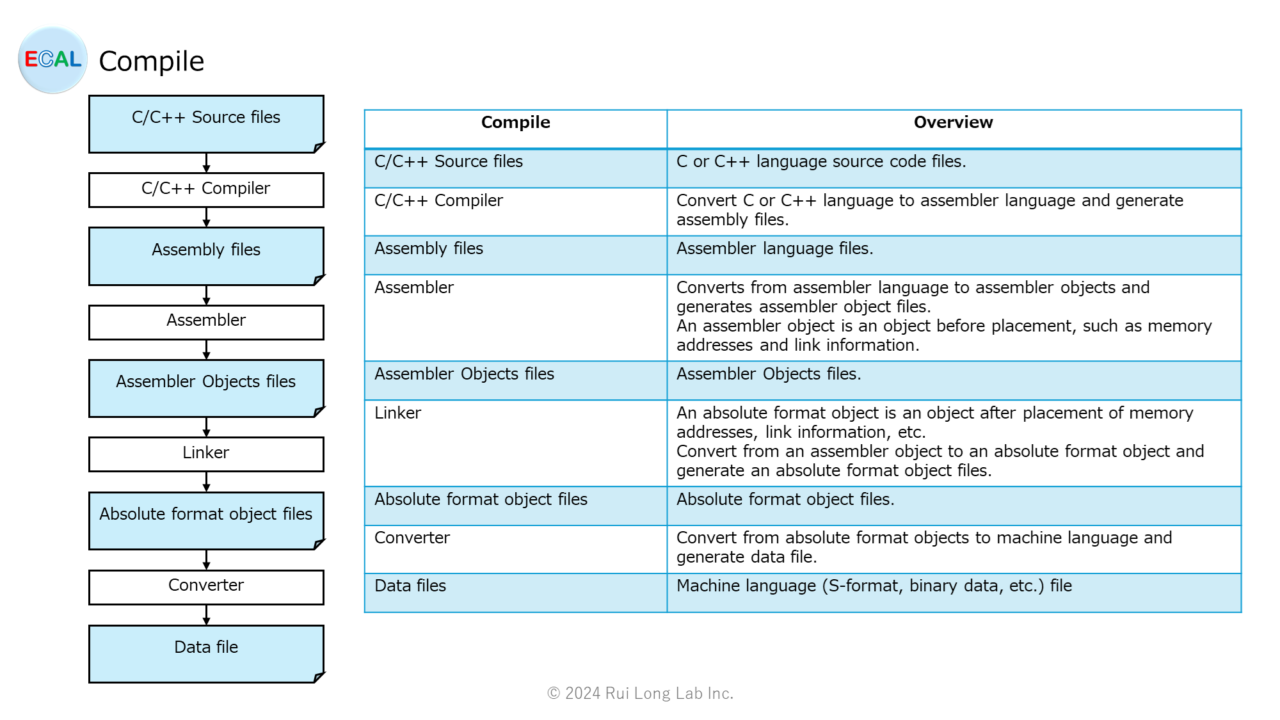
Various HAL API functions (ADC version)
This post introduces the API functions used to read ADC values at each HAL.


